Today we will visit the Second Medieval City of Delhi. Before we start let's know about the brief story of Second Medieval City in Delhi.
Khalji Dynasty:
Jalal-ud-din started his career as an officer under Sultan Muizzuddin Qaiqabad.of Mamluk dynasty. After Qaiqabad was paralyzed, a group of nobles appointed his infant son Shamsuddin Kayumars as the new Sultan and attempted to assassinate Jalal-ud-din. Instead, Jalal-ud-Din killed them and became king. A few months later, he overthrew the Kayumars and became the new Sultan in June 1290 at the age of about 70. During the first year of his reign, he ruled from the unfinished Kilokhri/ Kilughari Palace near Delhi.Alauddin Khalji was Jalaluddin's nephew and son-in-law. He killed Jalaluddin in July 1296 and ascended the throne. He built his city which is now the 2nd Medieval City of Delhi.
Alauddin died on the night of January 4, 1316. Some say his general Kafur killed him. At the end of the night, Kafur brought Alauddin's body from Siri Place and buried it in Alauddin's tomb, inside Qutub Minar Complex in the First Medieval City in Delhi. The next day, Kafur appointed Alauddin's younger son Shihabuddin as a puppet king. However, Kafur was killed soon after and Alauddin's eldest son Mubarak Shah took power.
Today our starting point is Hauz Khas metro station (interchange Yellow and Magenta Line), exit gate 3.
Total Walking Distance: 24 top attractions within a walking distance of about 6.5 km. So wear your comfortable shoes, and grab a water bottle.
Mosque of Makhdoom Sabzwari
Mosque and Graveyard
It is a mosque and graveyard of Mir Syed Mahmood Roohi Burka Posh alias Makhdoom Sabzwari.
He is said to have been a native of Shakhrisabz, formerly known as Kesh or Kish, a district-level town in the Qashqadaryo region of southern Uzbekistan. He was possessed of extraordinary talent. He moved to Bukhara in Uzbekistan and Shiraz in Iran, where he studied medicine and other branches of service and literature. He came to India during the reign of Sultan Alauddin Khalji (reign: 9 July 1296 – 4 January 1316), and later became a disciple of Saint Nizam Uddin Auliya (1238 AD - 3 April 1325).
Under the saint, he practiced such strict discipline that his master could nominate him for the succession to the priesthood. But he died in 1323 AD, 2 years before Nizamuddin's death.
It is said that the shrine and mosque were built by his sons. Mosque on one side, cemetery on the other. There is a canopied grave which may be the grave of Makdhoom. The architectural style is similar to the Lodi period (1451-1526).
Visiting Time: Sunrise to 5 PM.
Entry Free: Free.
Photography: Allowed.
How to go: It is located about 300 meters from Hauz Khas metro station (interchange Yellow and Magenta Line), exit gate 3 towards northwest. Walk in the same direction after exiting the gate-3. After walking north for about 200 metres, you will see Mayfair Road on your right (east). From here you can see the mosque at the end of this road. There is a gate to enter the area, so if a security guard asks you where to go. Just say "going to see that Gumbad".
Chor Minar
Historical Landmark
Chor means 'Thief' and minar means 'Tower'. It was built under the rule of Alauddin Khalji (reigned 19 July 1296 – 4 January 1316), of the Khalji dynasty
.
According to historians, the Khalji king slaughtered a settlement of Mongol people, nearby, to stop them from joining with their another Mongol settlement.
During the raid of Ali Beg, Tartaq and Targhi (1305), 8,000 Mongol prisoners were executed and their heads displayed is the towers around Siri.
According to local legend, it was a 'Tower of Beheading', where the severed heads of thieves were displayed with spears through 225 holes, to act as a deterrent to thieves. If the heads exceeded the number of holes, the less important heads were piled up in a pyramid outside the pyramid.
Visiting Time: Streets around it, so you can see it any time.
Entry Free: You can see it from road. So its free.
Photography: Allowed.
How to go: It is located about 380 meters from Hauz Khas metro station (interchange Yellow and Magenta Line), exit gate 3 towards northwest.
Eidgah Mosque
Mosque
It is believe that, this mosque was built in 807 Hijri (1404-05 AD) by the ruler Iqbal Khan (or known as Mallu Khan) during the reign of Mahmud Shah Tughluq (reign: 1394–1413), the last ruler of Tughlaq dynasty.
Visiting Time: Sunrise to 5 PM.
Entry Fee: Free.
Photography: Allowed.
How to go: It is located about 80 meters from Chor Minar towards northwest in Padmini Enclave.
Tohfewala Gumbad and Mosque
Tomb and Mosque
It is said to have been built during the Lodi period (1451–1526).
Visiting Time: Sunrise to 5 PM.
Entry Fee: Free.
Photography: Allowed.
How to go: From Chor Minar, Come back to the road (northeast), cross the road and you will see a park gate. The name of the park is Ma Sarada Park Hauz Khas. Just walk straight (east) from the gate and exit through other end.
Then turn left (north) and walk through a narrow road, until you reach the main road "Chaudhury Dilip Singh Marg". Then turn right (east) and walk straight until you reach a crossing. Cross the road and enter Shahpur Jat village. As you enter the road you will see an iron gate and boundary wall of Siri Fort on your left.
Do not enter the park, continue walking east. You will see a road going to the left (north), just behind Gumbad.
The dome entrance is on the east side. So don't enter the left road, keep walking and enter the next left road. It is a narrow walkway to the building on the right side. The dome and gate are on your left.
Siri Fort
Ruined Fort
Siri Fort was built around 1303 during the reign of Alauddin Khalji (reigned: 19 July 1296–4 January 1316), the second ruler of the Khalji dynasty, to protect the city from Mongol invasion and founded Delhi's second city, Siri.
In 1303, Targhi, a Mongol general, besieged Siri fort when Alauddin retreated during the Mongol campaign in India. Targhi eventually turned back, unable to enter the Siri fort. Later, Alauddin's forces finally defeated the Mongols at Amroha (1306).
The city was built with an oval plan with palaces and other structures. There were seven gates for entry and exit, but only the south gate exists today. The fort was once considered the pride of the city for its thousand-pillared palace called 'Hazar Sutan'.
Alauddin Khalji died on 4 January 1316. The destruction of the fort is attributed to the local rulers who removed the stones, bricks and other artifacts of the fort for their own buildings. In particular, Sher Shah Suri (1540–1545), took material from Siri to build his city.
I entered through the south gate. I didn't see anyone inside the huge courtyard except me. After some distance I saw 2/3 women walking.
In the middle of the area there is a mosque called 'Mohammed Wali Masjid'. The mosque premises are closed. So, I saw it from the boundary gate.
After seeing the mosque, I walked north again. But for safety from insects I did not go at last, for I was then alone, and it was near evening. So I came back to the south gate again.
Visiting Time: Sunrise to Sunset.
Entry Fee: Free.
Photography: Allowed.
How to go: From Tohfe Wala tomb, come back to the park gate. Enter the park and walk along the Siri fort wall. At the north end of the park, you will reach another road. Turn left (west) and walk. You will reach 'August Kranti Marg' road. Turn right (north) and walk. You will see Siri Fort Auditorium on your right. Just after the auditorium, turn right (east) and walk through 'Khel Gaon Marg'. The road goes up. Siri Fort Gate is on the left. Green Park Metro Station (Yellow Line) is about 1.1 km southeast of the park. Go to Green Park Metro Station. Exit-2. Then, walk south about 190 meters. Then turn left just before the Green Park bus stop and walk. Walking along the road you will see Siri Fort Auditorium on the right. Keep walking, the road goes up. Siri Fort Gate is on the left.
Mosque of Darwesh Shah
Mosque
It is assumed that, Bahlul Lodi (19 April 1451 – 12 July 1489) built this mosque in the honor of a dervish shah but there is no proof of this.
In 2009, it was restored and Gulmohar Park was built around it. Access to the upper platform is closed to the public but you can walk around the mosque.
Visiting Time: Sunrise to Sunset.
Entry Fee: Free.
Photography: Allowed.
How to go: It is located about 300 meters from Siri Fort towards west.
Nili Masjid
Mosque
It is still a running mosque and people pray here regularly.
It is believed to have been built in 1505-06 by Kaushambi, who was a royal nurse during Sikandar Lodi's reign.
Visiting Time: Sunrise to Sunset.
Entry Fee: Free.
Photography: Allowed.
How to go: It is located about 750 meters from Darbesh Shah Mosque. I walked to the northwest gate of Gulmohar Park, exiting through the gate. I turned left (south) and walked. Then I turned right (west) and walked. I saw the mosque on the right. It is located about 750 meters from Green Park Subway station (yellow line) towards south.
Dadi-Poti's Tomb
Tomb
Dadi-poti means grandmother-granddaughter. Two tombs side by side, one is bigger than other. It is unknown who is buried here. But it is said that bigger is for grandmother (Daadi) and smaller one is for granddaughter (poti). Smaller building may built during the Tughlaq period (1321-1414), and the bigger tomb was built during Lodi period (1451–1526).
Visiting Time: Sunrise to sunset.
Entry Fee: Free.
Photography: Allowed.
How to go: It is located about 500 meters from Nili Masjid towards southwest and 200 meters from Hauz Khas bus stop (west side). I walked south from the bus stop and turned right (west), and walked through Hauz Khas village road. It is located on my right side.
Barah Khamba
Historical Monument
12 pillars building was built in Lodi period (1451–1526). There are few graves outside it.
Visiting Time: Sunrise to sunset.
Entry Fee: Free.
Photography: Allowed.
How to go: It is located about 140 meters from Dadi-Poti's Tomb towards west, on the left side (south).
Chhoti Gumti
Tomb
Small domed building was built in Lodi period (1451–1526). There is an unknown grave in it.
Visiting Time: Sunrise to sunset.
Entry Fee: Free.
Photography: Allowed.
How to go: It is located about 20 meters from Barah Khamba towards west, on the right side (north).
Biran Ka Gumbad
Tomb
It was built in Lodi period (1451–1526).
Visiting Time: Sunrise to sunset.
Entry Fee: Free.
Photography: Allowed.
How to go: Between Chhoti Gumti and Sakri Gumti, a road goes towards north. Walk through the road towards north about 250 meters and you can see the tomb on your right.
Sakri Gumti
Historical Monument
The narrow domed building was built in Lodi period (1451–1526). There is no grave inside. It is believed that this is not a tomb, but may be a gateway. A broken half-wall runs along the eastern side of the building.
Visiting Time: Sunrise to sunset.
Entry Fee: Free.
Photography: Allowed.
How to go: It is located about 50 meters from Chhoti Gumti towards west, on the right side (north).
Jagannath Mandir Hauz Khas
Hindu Temple
The Jagannath temple at Hauz Khas was built in 1967. The temple is managed by Sree Neelachala Seva Sangha established in the same year.
The temple is a two-storied structure.
The ground floor of which is dedicated to the worship of Goddess Mausi Maa. On the ground floor is a hall. This hall becomes a hub of activity during Rath Yatra and other cultural events throughout the year.
On the first floor, the main sanctum contains Lord Jagannath, Lord Balabhadra, Goddess Subhadra and Sudarshana. On the first floor is a picturesque view similar to the Sri Jagannath Temple in Puri, in Odisha state. The temple grounds also have a flower garden and a kitchen.
Visiting Time: Summer - 5 AM to 12:30 PM and 4 PM to 11 PM. Winter - 6 AM to 12:30 PM and 4 PM to 9 PM.
Entry Fee: Free.
Photography: Allowed except inside the temple.
How to go: It is located about 120 meters from Sakri Gumti towards west, on the left side (south).
Hauz Khas Village
Neighborhood
Firuz Shah Tughlaq of Tughlaq dynasty, built the madrasa at Hauz Khas in 1352. It was one of the three main Madrasas in Delhi at that time. It was one of the premier institutions of Islamic learning in Delhi. It was considered the largest and best equipped Islamic seminary anywhere in the world. After the sacking of Baghdad, Delhi became the most important center of Islamic learning in the world.
A large congregation of Islamic scholars and students in Madrasa for Islamic learning, started living here long before the city of South Delhi was founded.
After 1960s, the village developed. The village area began to modernize in the mid-1980s. Many designer boutiques of fashion designers started coming up. Then, in the late 1990s, restaurants started popping up in the area, today there are around 50 restaurants, bars, pubs and cafes.
The present condition of the village not only retains the old charm of the place but also enhances its well-maintained green parks surrounded by trees along with walkways, markets and residential complexes built around the old village.
I visited north side of the Hauz Khas Complex.
Then I visited east and south side of the Hauz Khas Complex.
Then I back to the main spot of the Hauz Khas village.
Hauz Khas Complex
Historical Complex
Hauz Khas is a neighborhood in South Delhi. It was named after a lake. The lake was first built by Alauddin Khalji (reign: 1296-1316) to supply water to the residents of Siri Fort. The original name of the lake was Hauz-i-Alai.
Later Firuz Shah Tughlaq (reigned: 23 March 1351 – 20 September 1388) re-dug the silted tank and cleared the clogged creeks. He built notable structures on the eastern and northern sides of the reservoir, consisting of madrasas, small mosques, the main tomb for himself, and six domed pavilions around it, all of which were built between 1352 and 1354 AD.
Timur, the Mongol ruler, who invaded Delhi, defeated Muhammad Shah Tughlaq in 1398 and plundered Delhi, camped at this place.
Now the lake area is separated from the complex. A park has been built around the lake. The complex and its adjacent parks and areas have become popular destinations for tourists.
Inside the Premises:
I crossed the gate of the Deer Park and went to the Hauz Khas complex at the end of the road.
I saw the gate at the end of the road and the ticket counter on the left. After asking for the ticket at the ticket counter, the ticket man asked for my cell phone by opening the phone camera. I gave it to him and he took a photo of the ticket and returned my cell phone. Nice way.. instead of paper ticket I showed the photo of this ticket to the guard and got inside.
Tughlaq Tombs:
As soon as I entered the gate, I saw some tombs. Tombs of Tughluq period.
I walked right (west), then turned right (north), I saw an L-shaped 3-domed building.
Three-Domed Building:
The function of this this T-shaped building is unknown. Although some say it was a mausoleum with many graves inside, but there are no signs of graves. Its size and shape suggest that it was a meeting place or assembly room, designed to hold a larger group than would normally be gathered for classes. After the fall of the Tughluq dynasty, this building came to be used as a residence by the villagers of the surrounding area.
Mosque:
The northern end of the complex and north of three-domed building is a small mosque. The Qibla of the Mosque towards Reservoir (west). A domed gateway from the south-east gives access to three rooms whose utility cannot be traced. A "C" shaped arrangement of a double row of pillars on a raised platform forms the prayer hall, open to the sky.
Madrasa:
At the time of Firuz Shah there were three main madrasas in Delhi. This is one of them. The madrasa, founded in 1352, was one of the premier institutions of Islamic learning in Delhi. It was considered the largest and best equipped Islamic seminary anywhere in the world. After the sacking of Baghdad, Delhi became the world's most important center for Islamic learning.
The madrasa was built as an L-shape structure at the southern and eastern ends of the reservoir complex. One arm of the L-shaped structure runs north-south and the other arm runs east-west. Firuz Shah tomb is located in the center of two arms. The north-south wing is a two-storied building with three towers of varying sizes overlooks the reservoir through balconies.
There is a small mosque at the northern end. Between the mosque and the mausoleum is a two-storied pavilion and a similar pavilion to the east, which was used as a madrasah.
The two arms are interconnected by a small domed gateway leading through the tomb in the center.
There is a residential area at the south side of east-west wings.
From each floor of the madrasa there are stairs to descend to the lake. But now you can go down but lake side is closed.
Firoz Shah's Tomb:
Feroz Shah built a domed tomb for himself at Hauz Khas. Entrance to the mausoleum is through a passage on the south which leads to the door. The wall of the passage is raised on a plinth built in stone. There is a domed gateway opening on the north side. The entrance hall has fifteen bays and terminates in another entrance similar to the entrance gateway. This second door leads to the burial chamber and cenotaph, accessed through an L-shaped corridor from the gateway. A similar arrangement is replicated on the west side door of the tomb which leads to the open pavilion on the west. The tomb is a square chamber. Inside the mausoleum are four graves, one of Feroz Shah.
Visiting Time: Monday to Saturday - 8 AM to 6 PM. Sunday remains closed.
Entry Fee: 25 Rupees (US$ 0.31) for Indians and 300 Rupees (US$ 3.66) for foreigner.
How to go: It is located about 250 meters from Deer Park road towards southwest. From Deer park gate, continue towards west. The single road turns to south lead to the Hauz Khas complex gate.
Deer Park
Park
Deer Park established in 1968. It is called Deer Park because it actually has a lot of deer inside the park. The park has a large enclosure for the deer to roam.
The park has four different branches namely Rose Garden, Deer Park, Fountain and District Park.
There are few historical monuments inside the park. One is Munda Gumbad on the northwest corner of the Hauz Khas Lake.
Visiting Time: March to September - 5 AM to 9:30 PM. October to February - 5:30 AM to 9 PM.
Entry Fee: Free.
Photography: Allowed.
How to go: The entry gate is located about 400 meters west from Shri Jagannath Mandir Hauz Khas, on the right side (north).
Inside the Premises:
I entered through the south gate of Deer Park. The walkway goes north. In the middle there is a road to the left (west), which leads to the Hauz Khas lake. I continued walking towards the north.
Then I turned to right (west) and walked.
The straight road (east) leads to the monuments. But i turned to left (north) and walked. Deer cage on my left.
I came back to the same point, where I started seeing the deer. Now I started walking towards east. I walked up to Bagh-e-Alam ka Gumbad.
Bagh-I-Alam Ka Gumbad:
It is one of the tombs of the Lodi era (1451-1526).
There is a mihrab on the western wall. It contains three unknown graves.
Kali Gumti:
It is believed that it was built during the Lodi dynasty (1451-1526), the Kali Gumti (Black Tomb). It does not contain any graves. It has two entrance gates. What is the actual purpose behind the construction of this structure is not clear. It is located about 70 meters from Bagh-I-Alam Ka Gumbad towards northwest.
Tohfewala Gumbad:
The Tohfe Wala Gumbad is a small tomb standing on a raised platform, with a domed ceiling and a battlement, and houses several graves inside. It is located about 120 meters from Kali Gumti towards northeast.
Round Deep Well:
It is located north of Tohfewala Gumbad.
Hauz Khas Lake
Lake
'Hauz' means "Water Tank" and 'khas' means "Royal", meaning - "Royal Tank" or reservoir.
A huge water tank or reservoir called 'Hauz-i-Alai' was built in 1296 by Alauddin Khalji (reign: 1296-1316) on 123.6 acres of land. It was built to meet the water supply needs of his newly built fort at Siri, Delhi's second city. A two-storied pavilion was built in the center of the reservoir and connected to Siri town by a causeway is now called Munda Gumbad.
After Alauddin Khalji's death on 4 January 1316, it gradually became filled with mud and became unusable. Later Firuz Shah Tughluq (1351-88) of the Tughluq dynasty re-excavated the silted tank and cleared the clogged creeks around 1354. He not only rebuilt the reservoir but also added stones to create an embankment for the reservoir. It had been completely reworked except for the pavilion in the center.
For the development of Hauz Khas village, the inlets of the reservoir were blocked and as a result the lake dried up for several years. The water turned green from the amount of algae that had grown, and a stench permeated the park and surrounding areas. Various attempts were made to remedy the problems and temporary minor improvements were made from time to time, but none were entirely successful and the lake remained in this state until 2018. The lake finally saw a permanent change in water quality in 2019. Although still ongoing, the project has already started working and clean water is now flowing into the lake for the first time since its inception.
There are walkways on the edge around the lake and a park around the walkway is called "Deer Park".
Visiting Time: Summer - 5 AM to 8 PM. Winter - 5:30 AM to 7 PM.
Entry Fee: Free.
Photography: Allowed.
How to go: Earlier the lake was accessible through the complex but now it is closed. So you can access the lake through the walkway on the left side inside the buildings on the north side of the complex. Or you can go through the deer park gate. A few meters after entering the deer park, you will see a road leading to a gate on the 1st left (west), which is the entrance to the lake.
Inside the Premises:
I entered through the Deer Park.
Then I went up to the small hill on the southwest side of Hauz Khas Lake to see the Munda Gumbad.
Munda Gumbad:
When Alauddin Khalji built the lake on about 123.8 acres of land in 1296, he built a pavilion in the center of the lake. It was connected to his Siri fort by a causeway to supply water. This pavilion later came to be known as Munda Gumbad. The structure, at that point was built on a raised platform.
After a long time, gradually the pavilion became partially destroyed and became unusable and the size of the lake was greatly reduced, so that it is now located in the north-west corner of the lake.
It is square in shape, with arches on four sides, allowing access to the inner chamber. There are stairs all around to get to the second floor.
Then I went to the Skating Rink.
Skating Rink:
The rink is located about 120 meters northwest of Munda Gumbad.
Then I returned to the lake near Munda Gumbad and walked counter-clockwise.
Rose Garden, Hauz Khas
Garden Park
It is basically a park and part of deer park. Nice place for jogging. Calm, quiet and secure place. You can visit or skip it.
Visiting Time: Sunrise to Sunset.
Entry Fee: Free.
Photography: Allowed.
How to go: It is located just opposite of Deer Park gate. The south of Rose Garden is IIT metro station (Magenta" Line), Gate-2.
Food in Delhi:
* Chocolate at Choco Vault, Hauz Khas.
* Spicy Bean Burger at Wimpy’s 31, Aurobindo Place Market, Hauz Khas.
Green Park Metro Station (Yellow Line) is about 1.5 km northeast of Deer Park, and IIT Metro Station (magenta line) is about 1.2 km from Deer Park towards south.
Today's Total Cost = Entry Fee: 25 Rupees for Indian and 300 Rupees (US$ 3.62) for foreigner + Up Down Metro Cost: 120 Rupees Max + Food Cost: approx 200 Rupees.
Hope this post will help you. Write your comment below and please share it with your friends.
You May Also Like
Travel Delhi: Day-1
Travel Delhi: Day-2
Travel Delhi: Day-3 (You are here)
Travel Delhi: Day-4
Travel Delhi: Day-5
Travel Delhi: Day-6
Travel Delhi: Day-7
Travel Delhi: Day-8
Travel Delhi: Day-9
Travel Delhi: Day-10
Travel Delhi: Day-11
Travel Delhi: Day-12
Travel Delhi: Day-13
Travel Delhi: Day-14
Travel Delhi: Day-15
Travel Delhi: Day-16
Travel Delhi: Miscellaneous
Click below to go

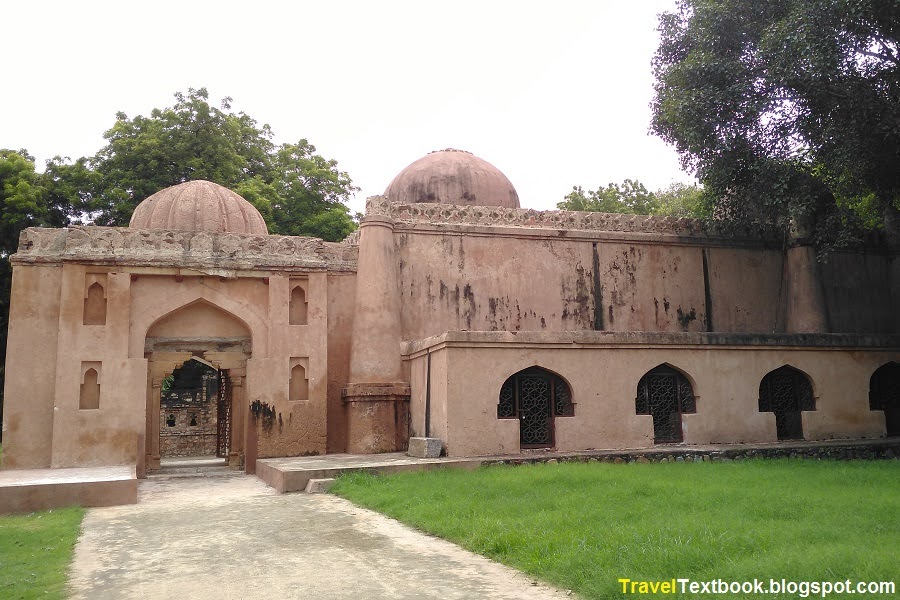
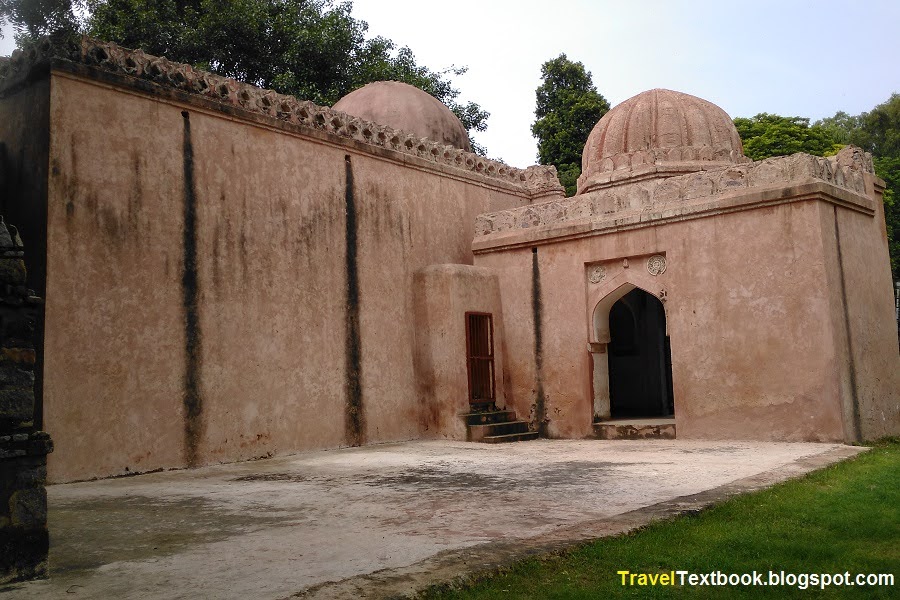
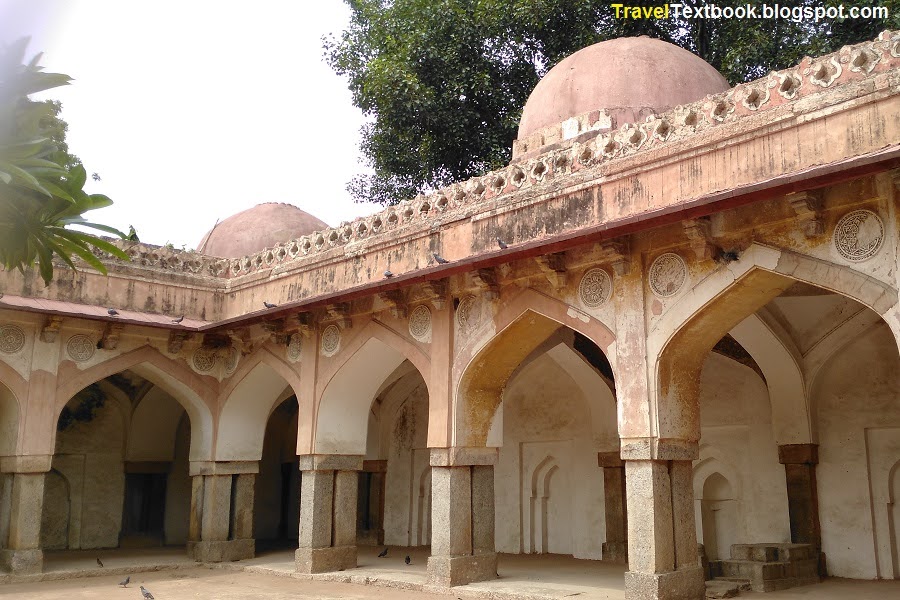

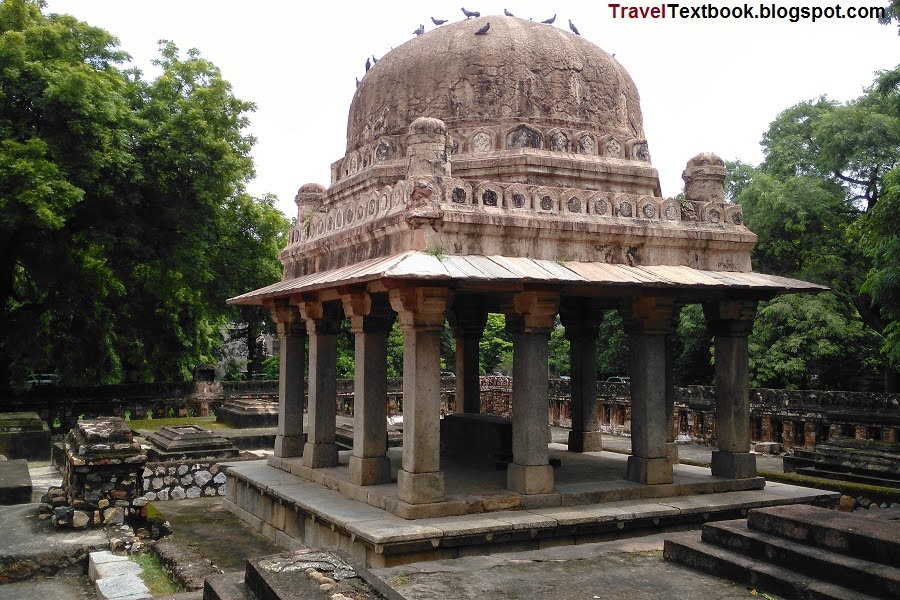
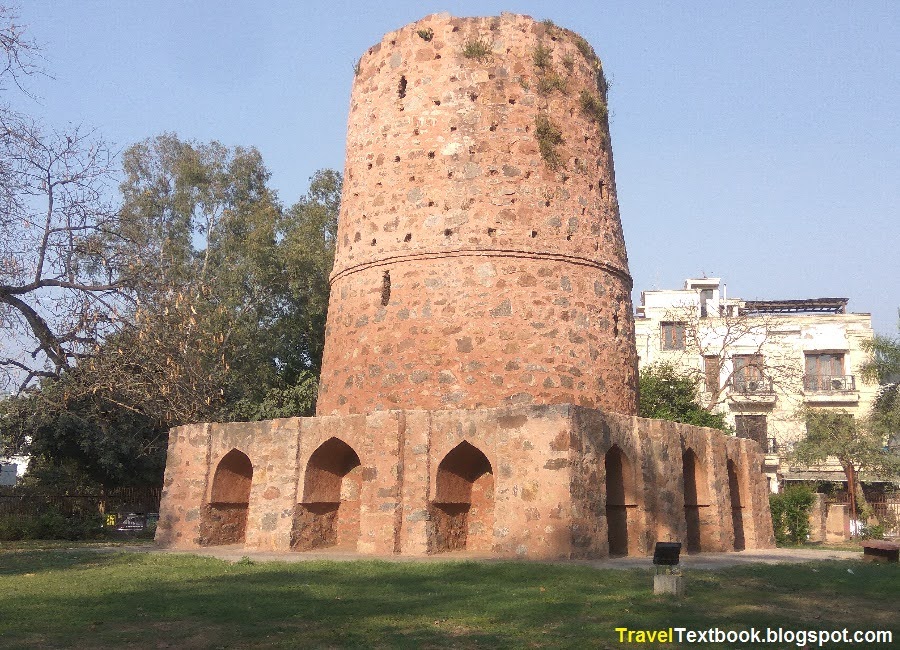
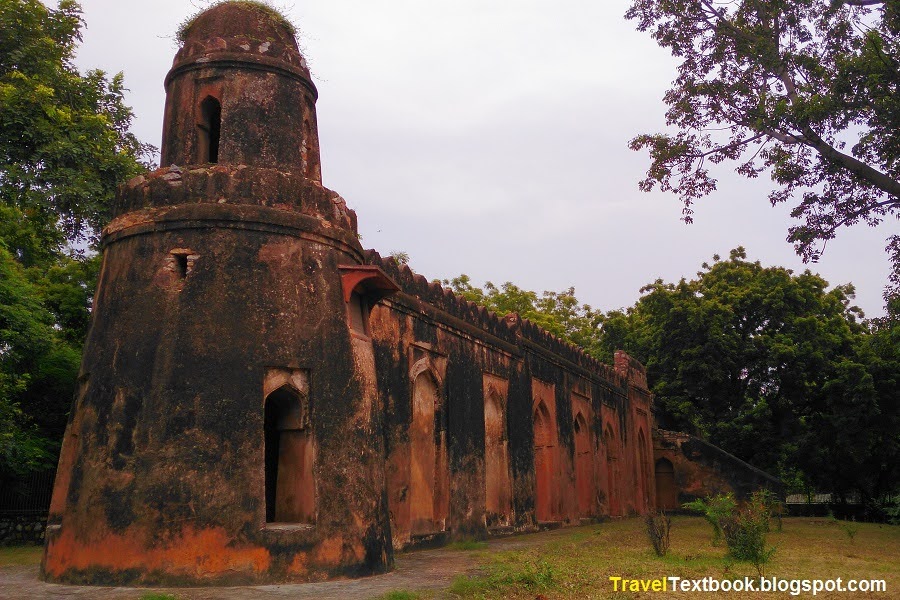
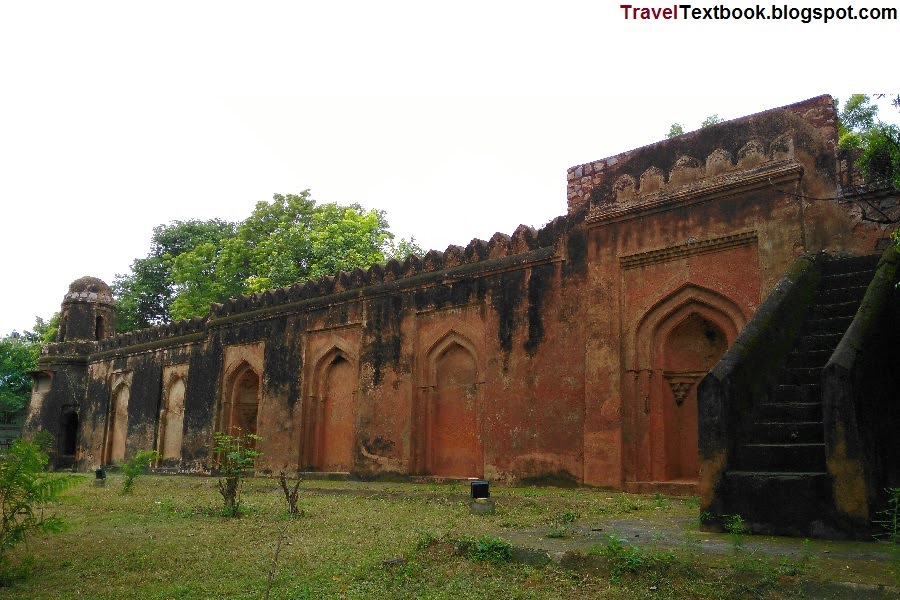
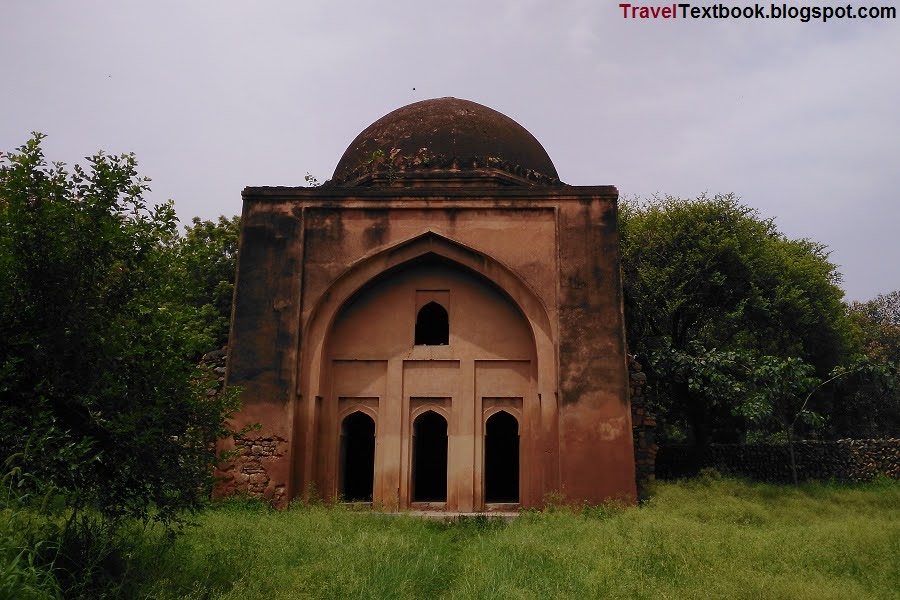
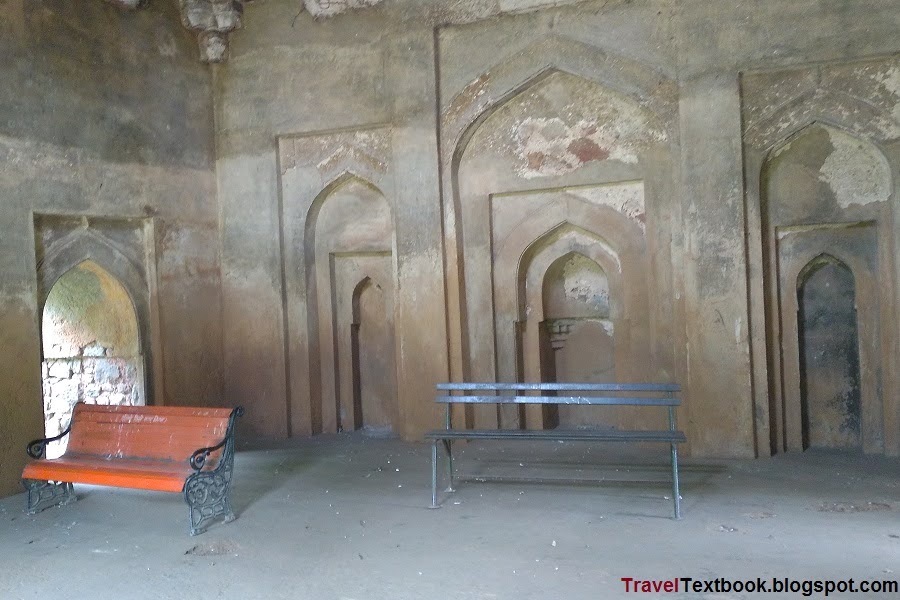
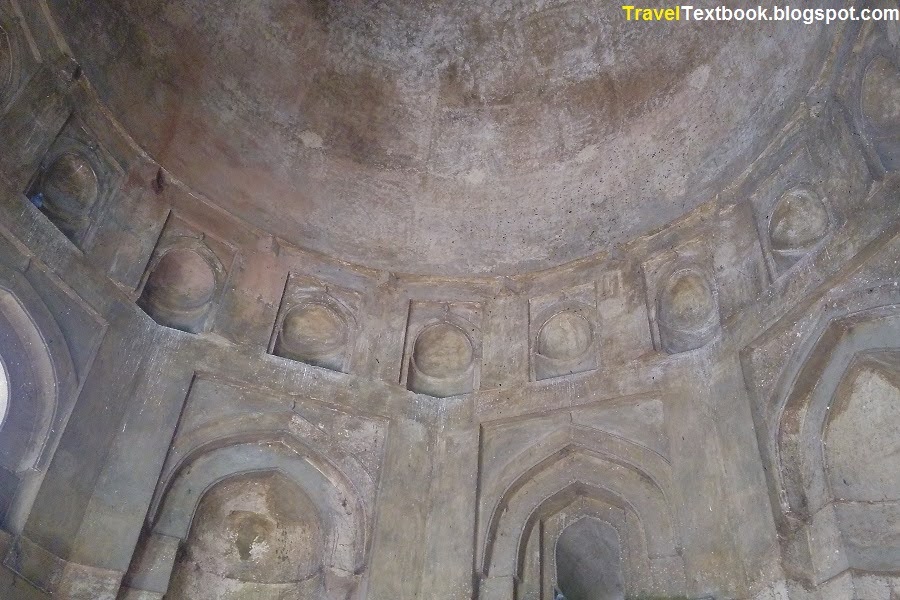



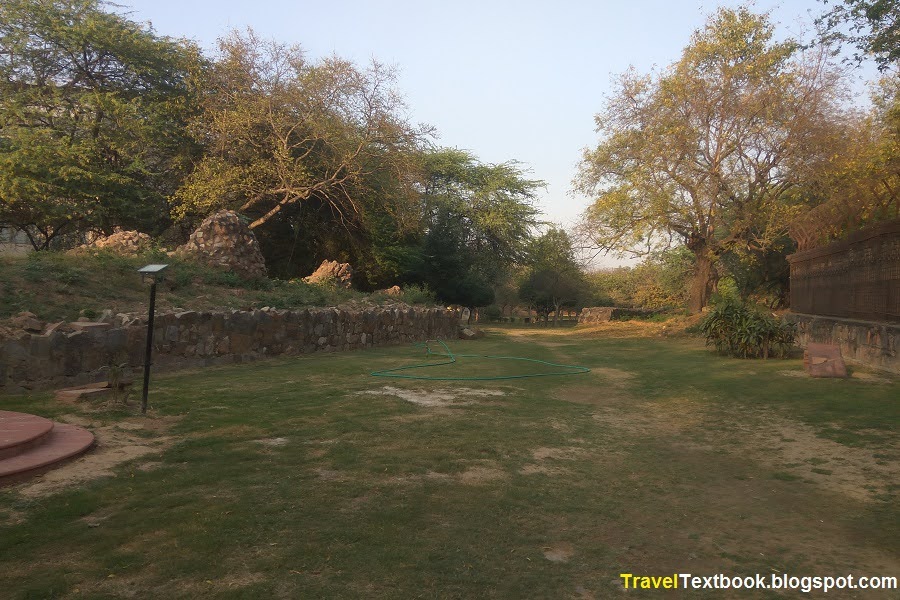
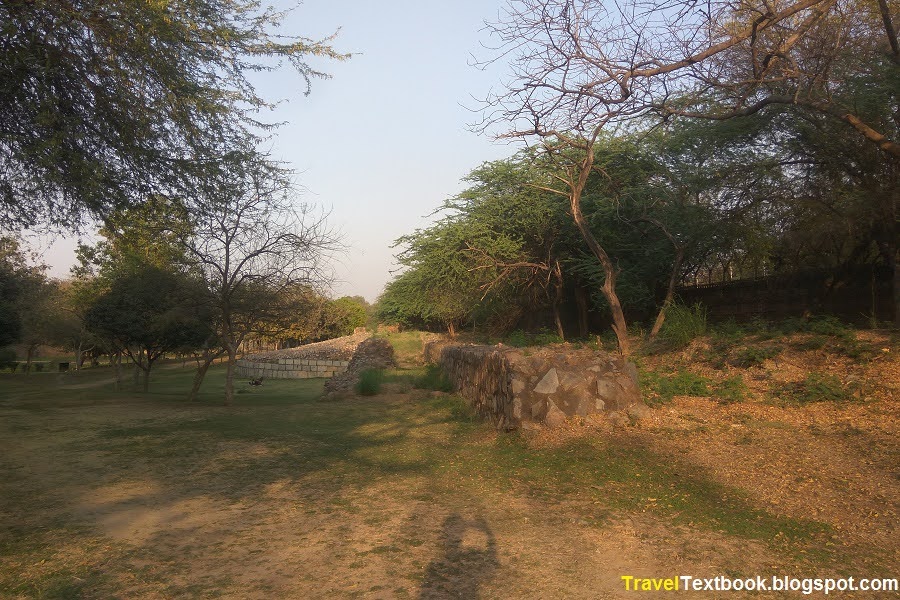
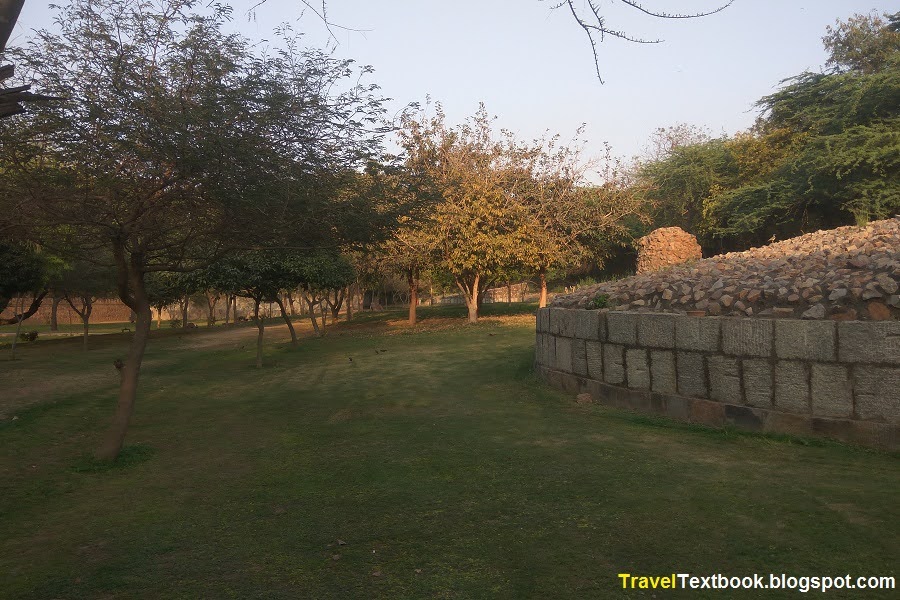
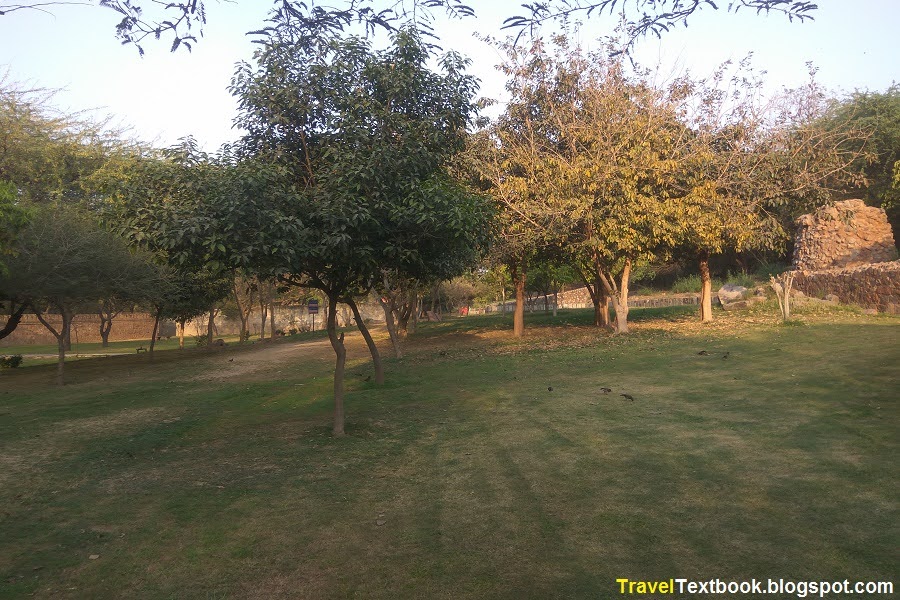
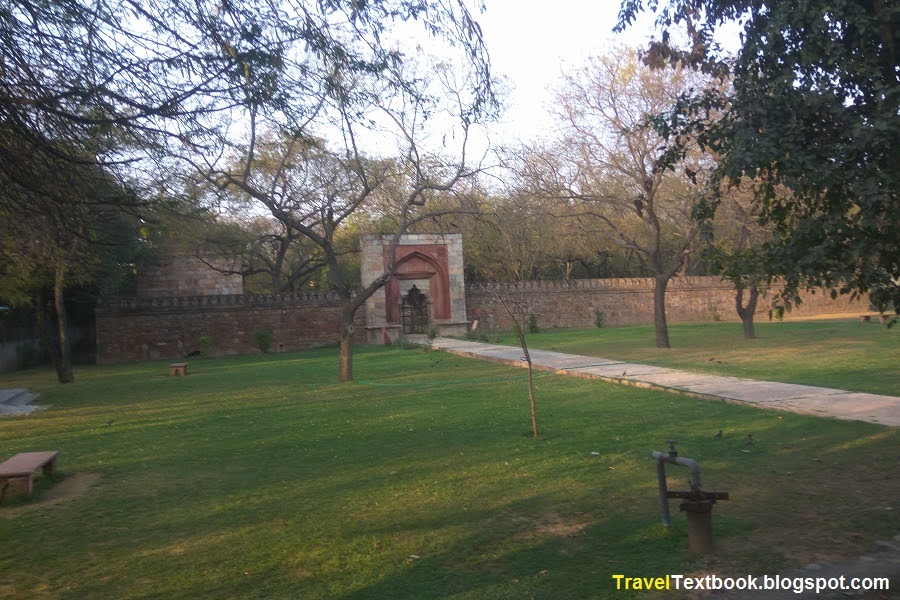
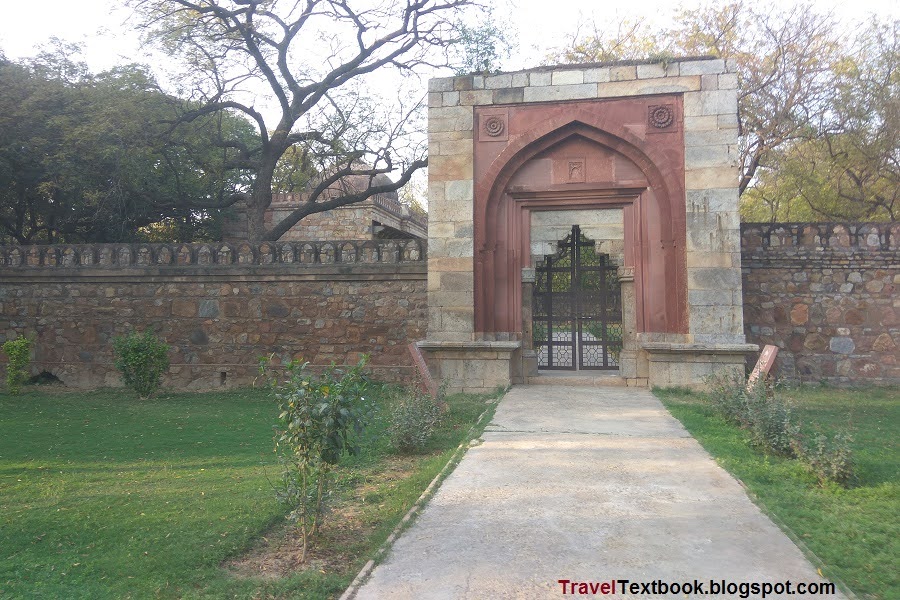

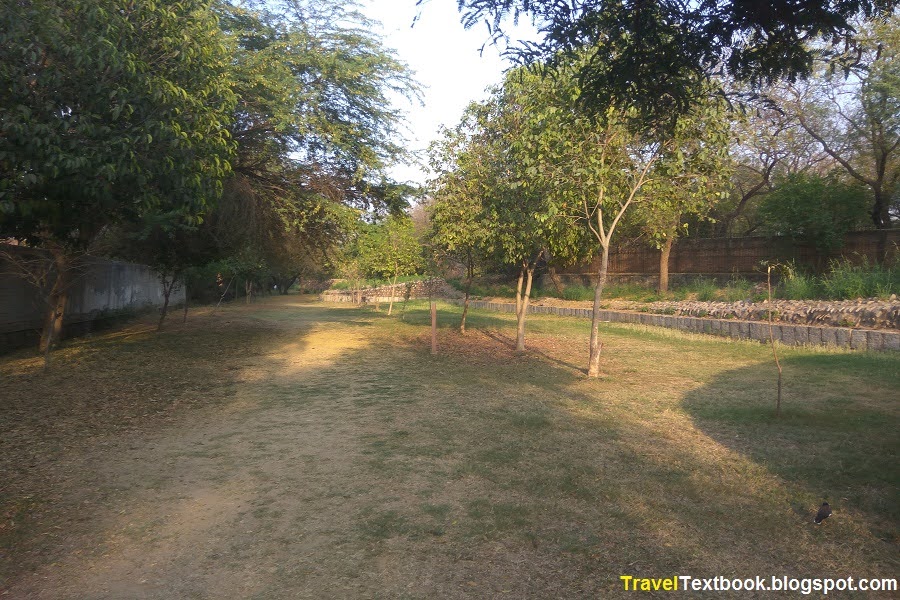
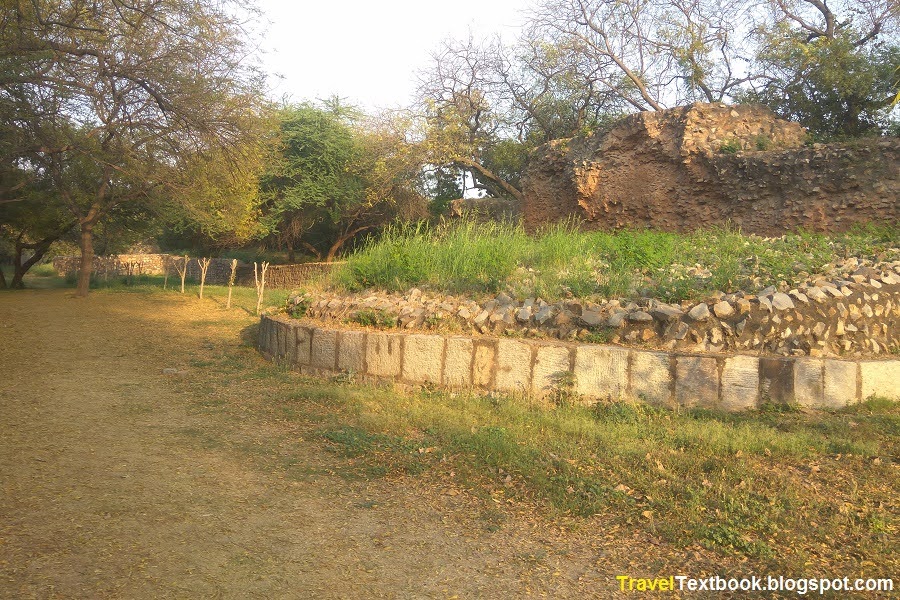
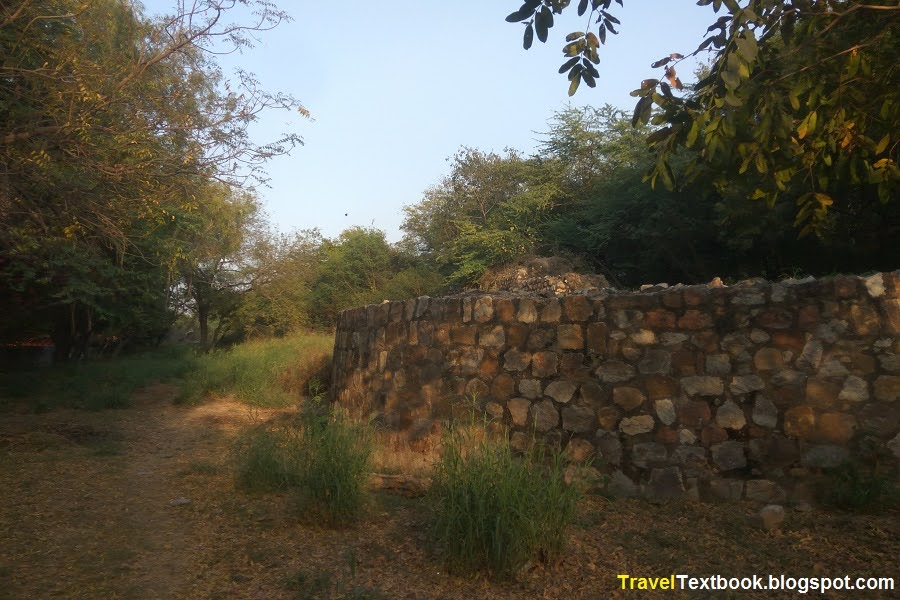
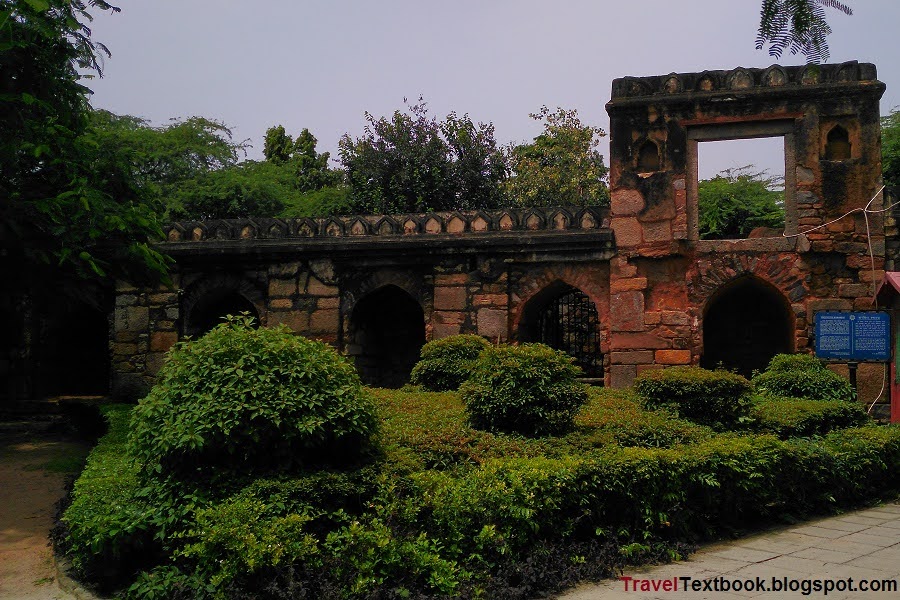
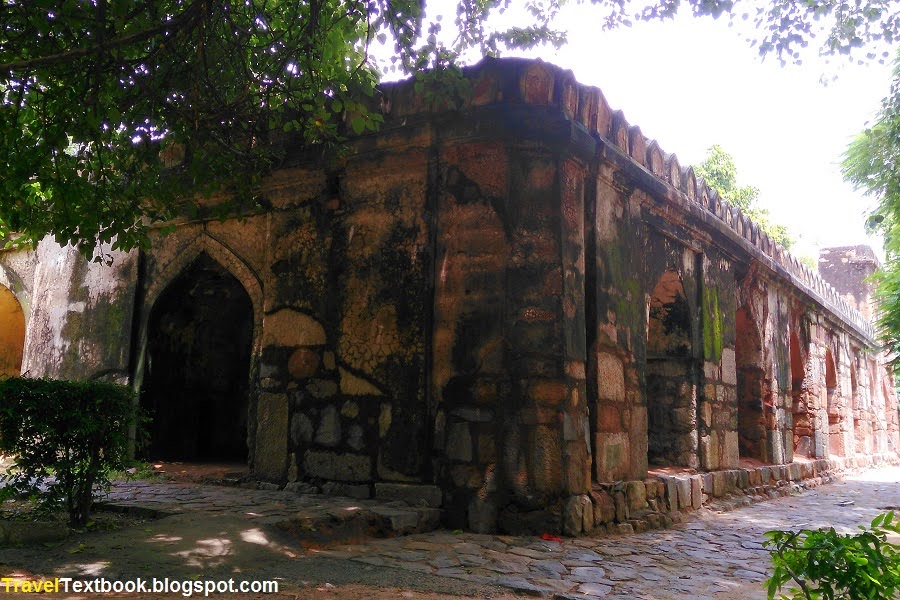
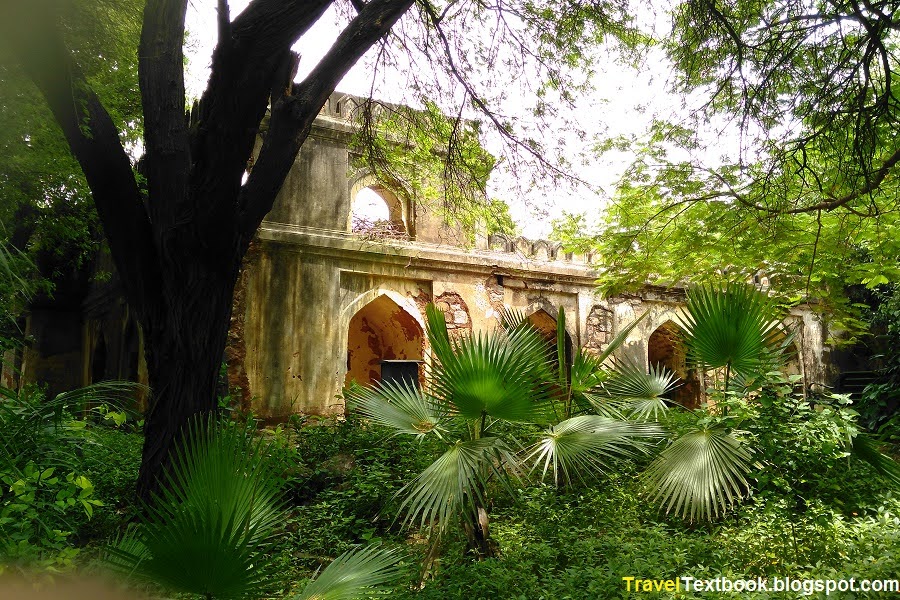
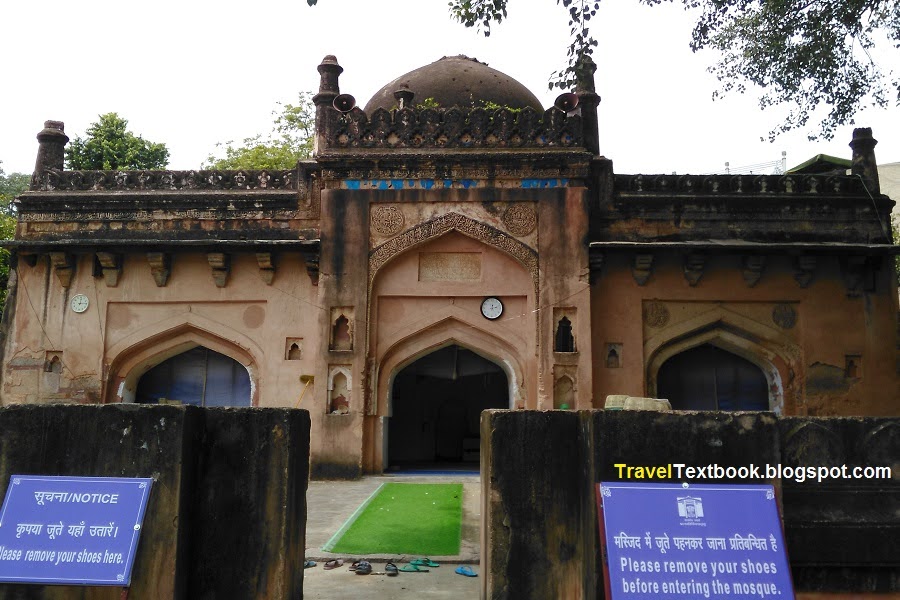
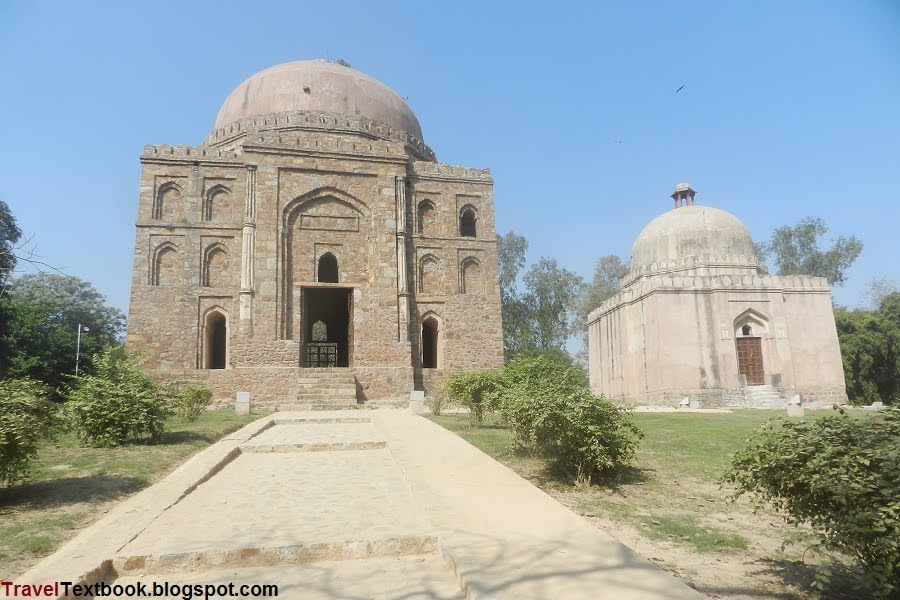
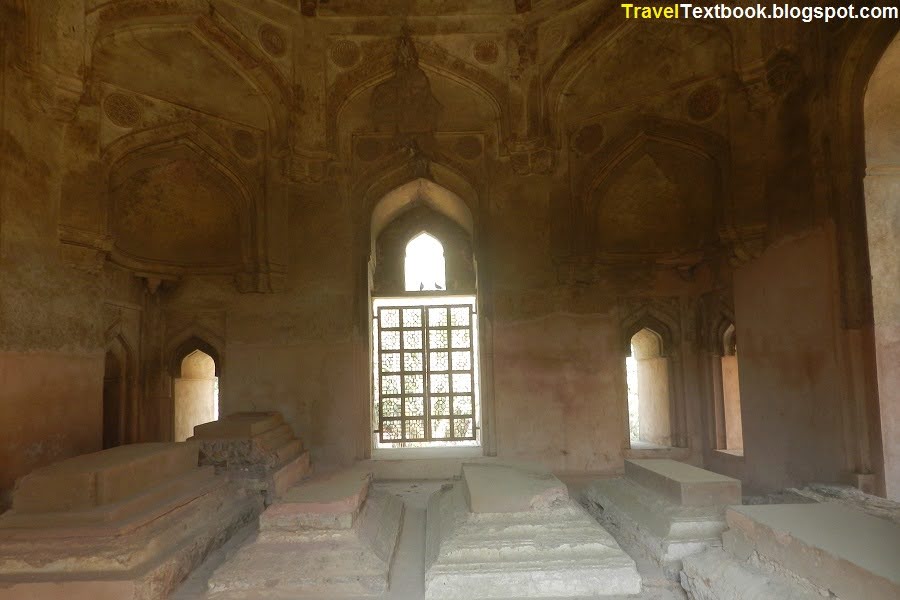
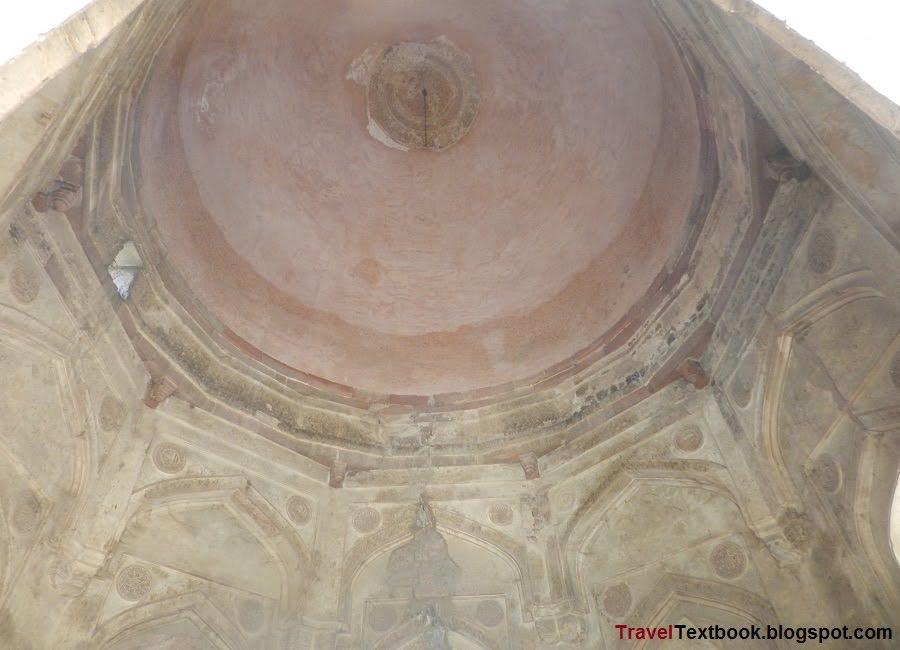

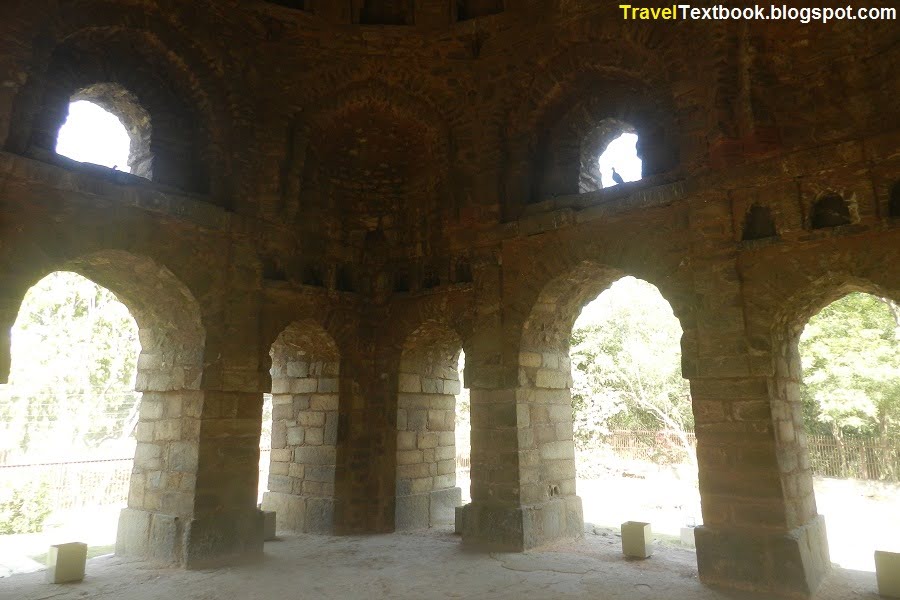
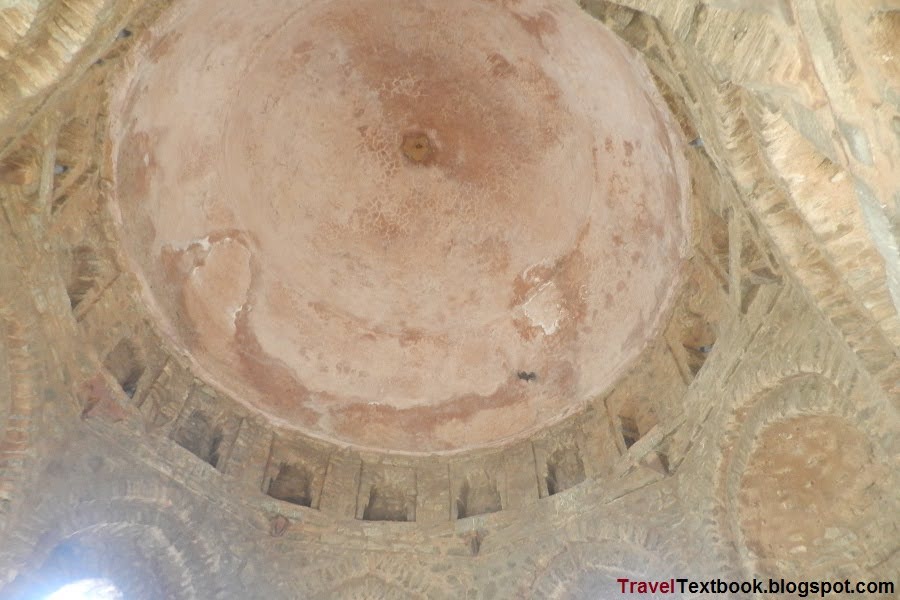

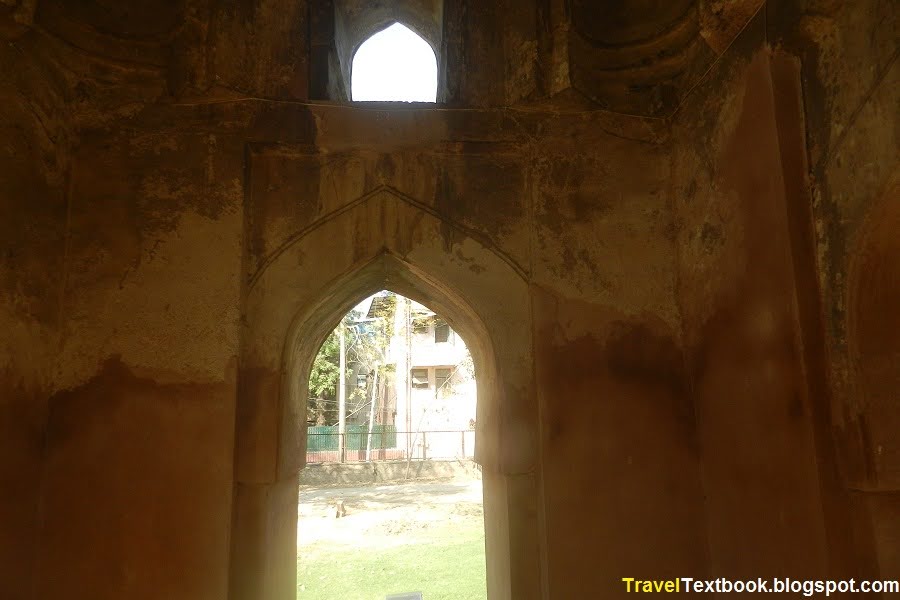
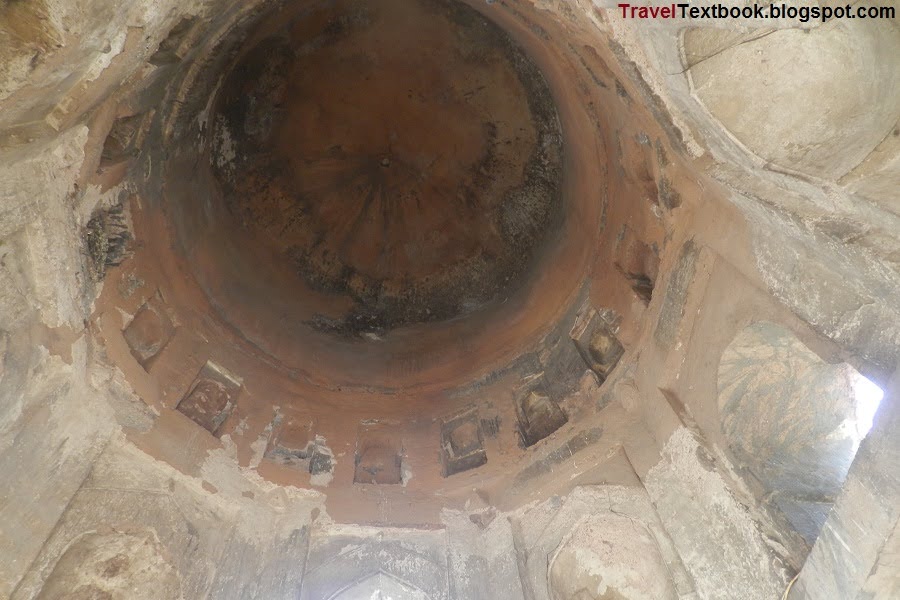
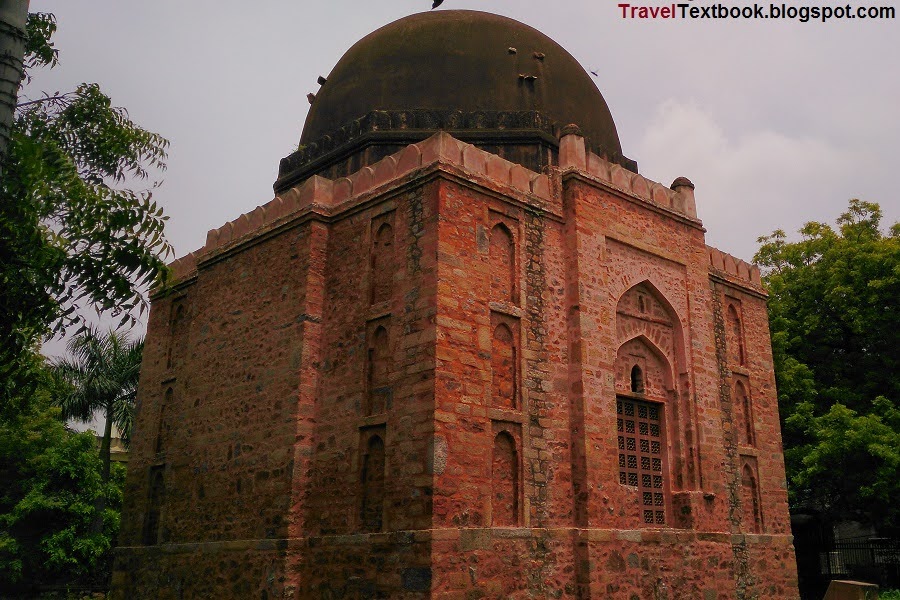
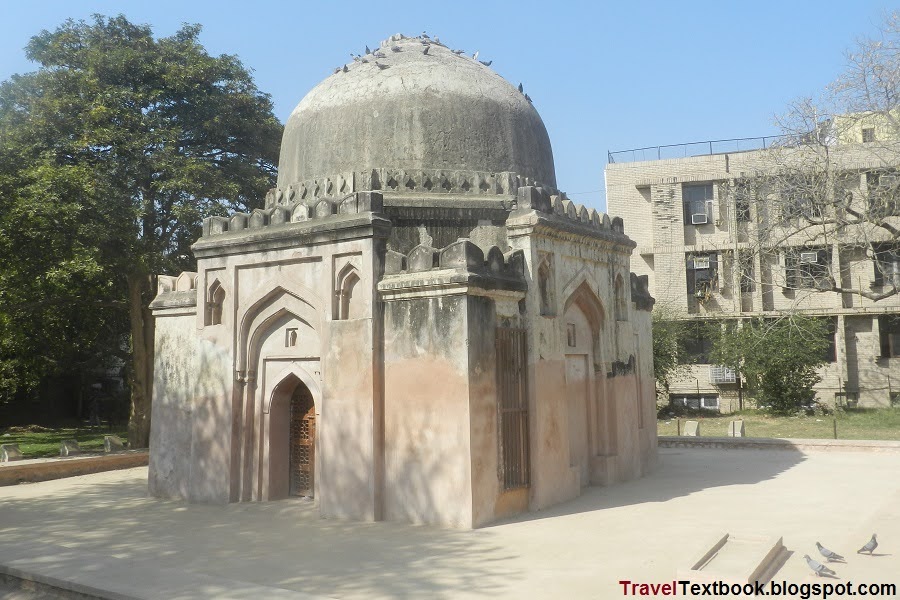
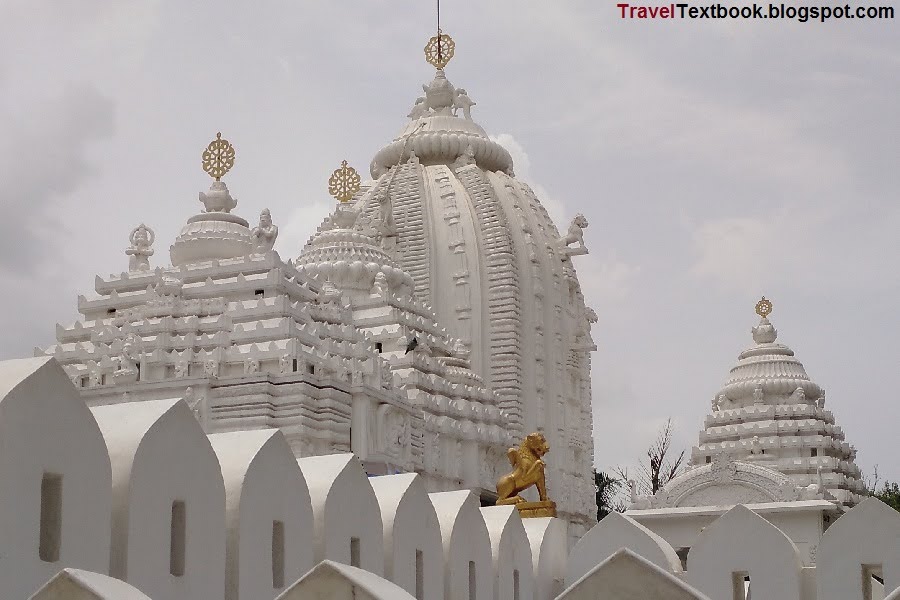
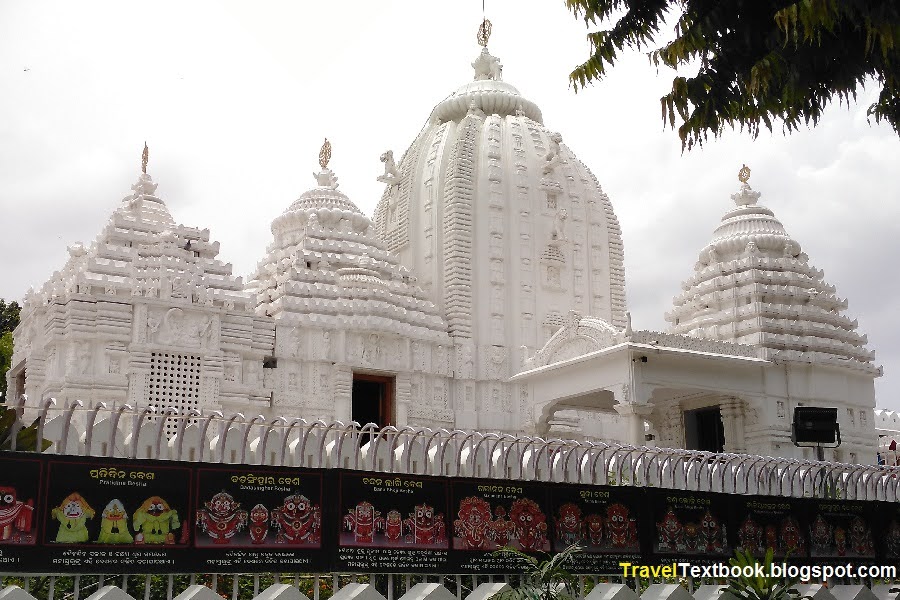
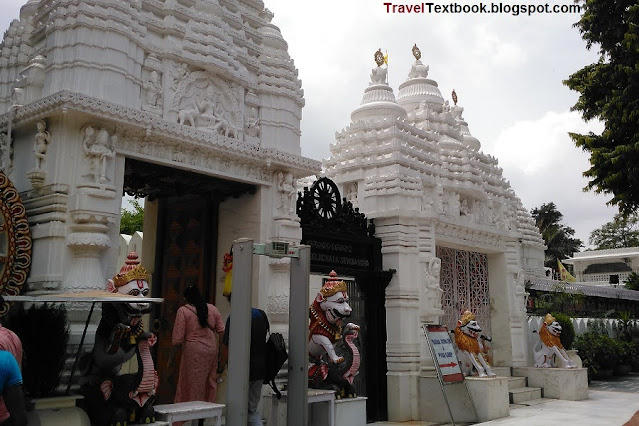

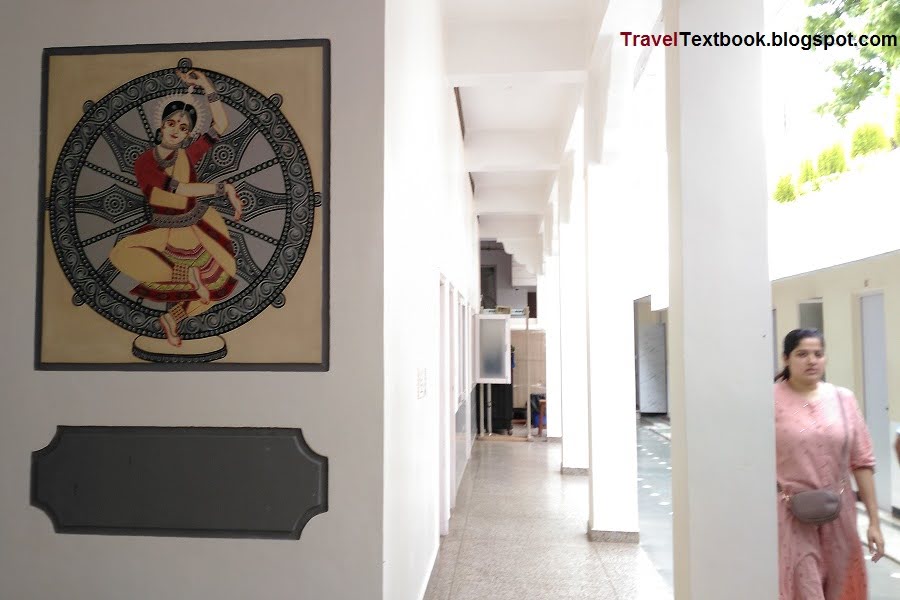
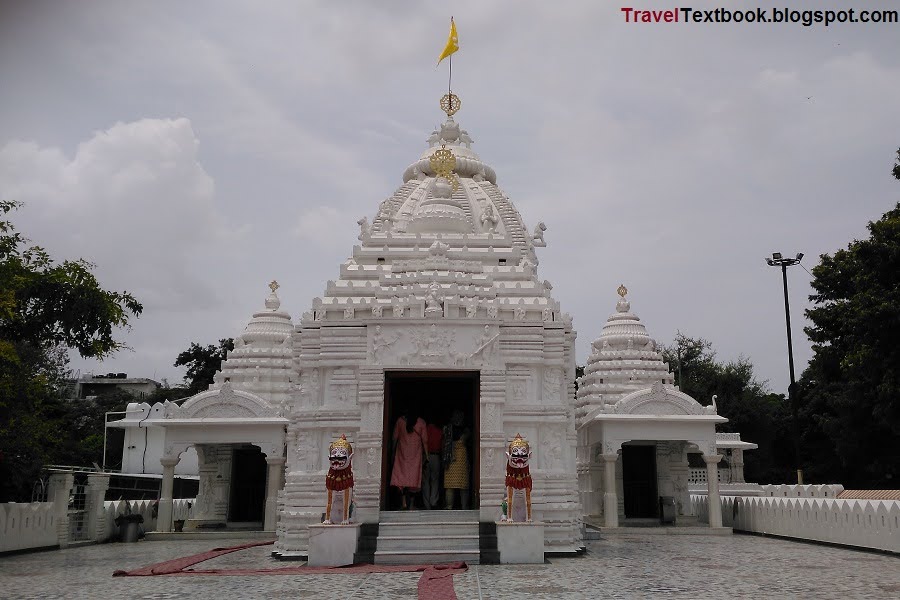
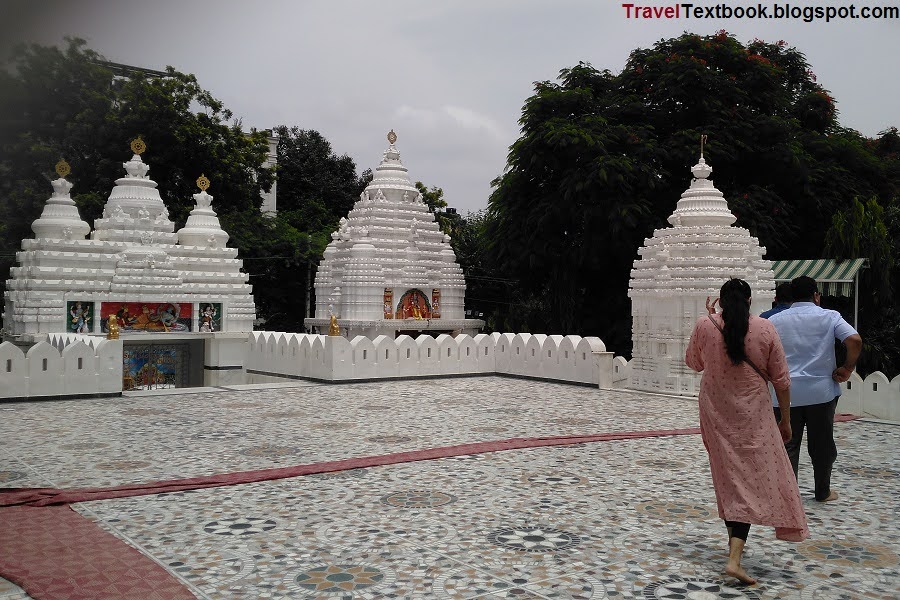
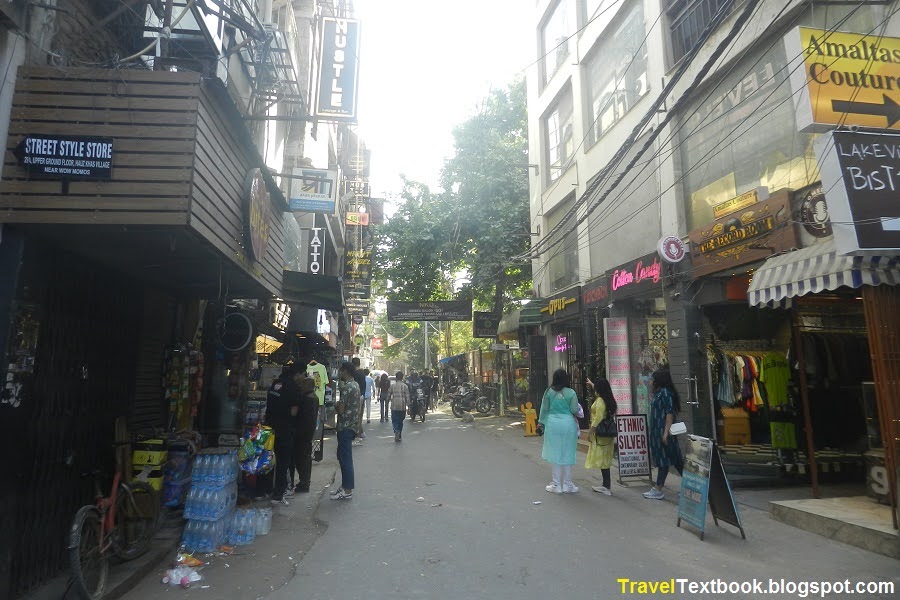
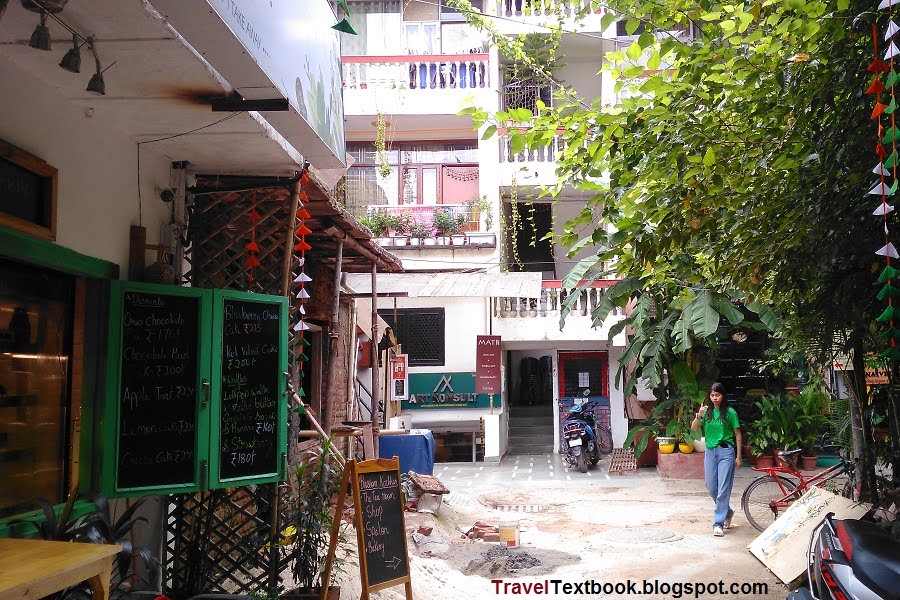
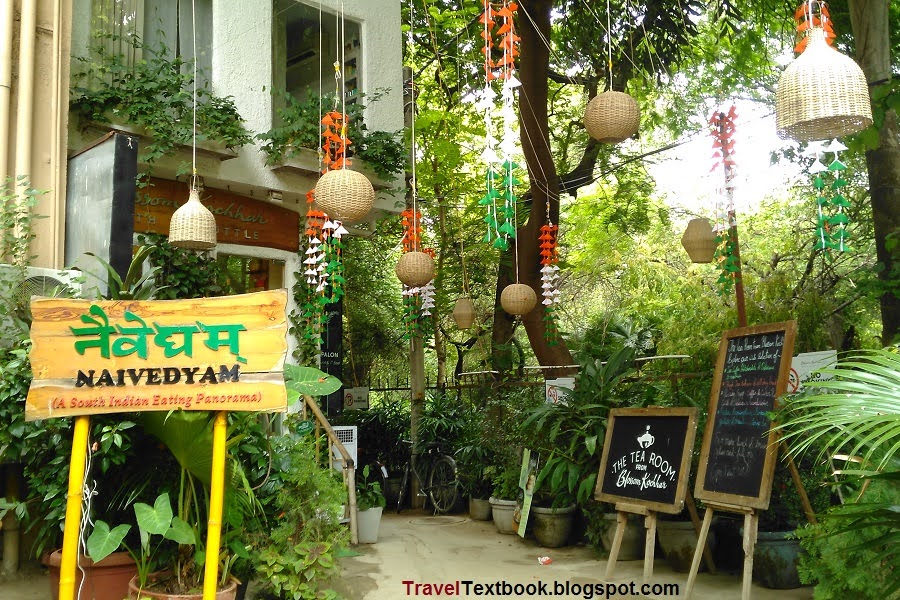
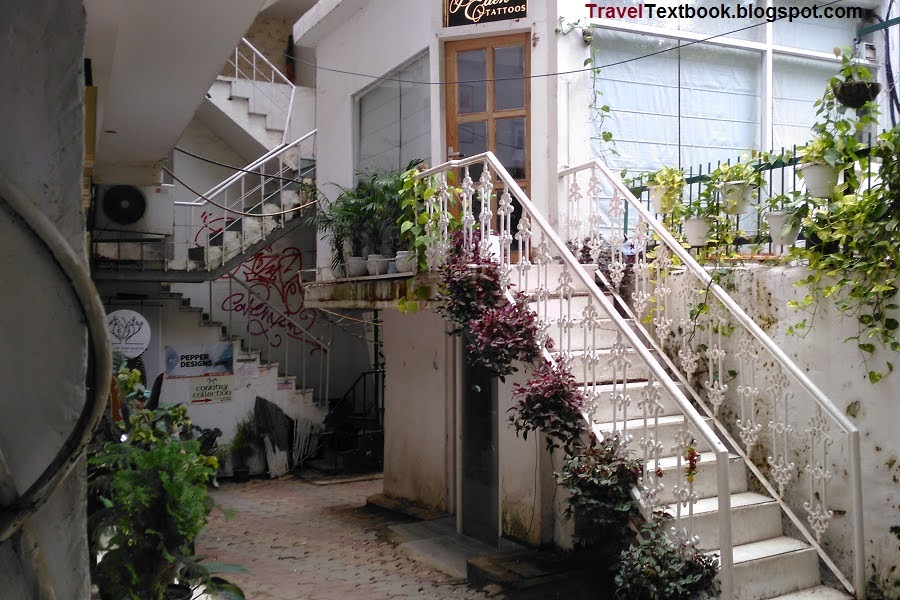

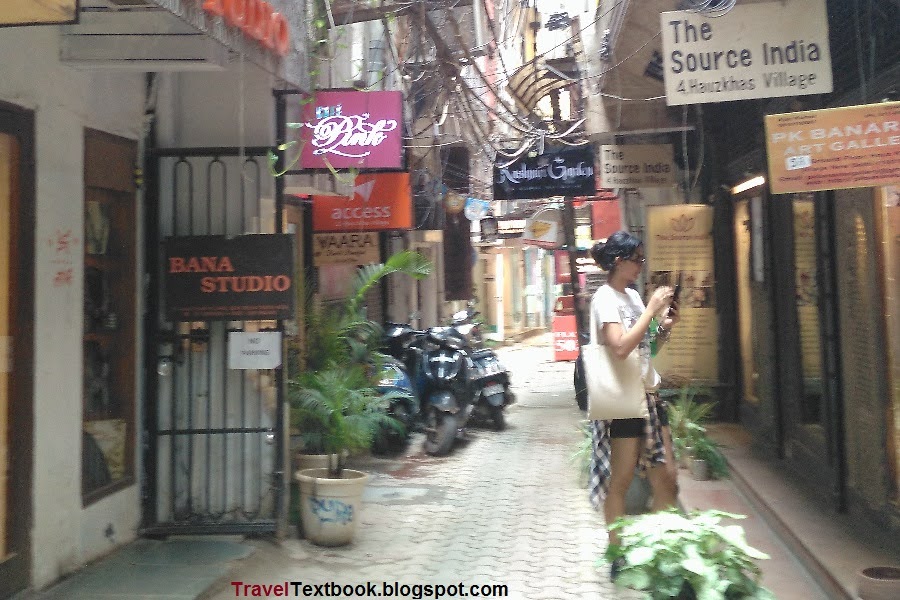
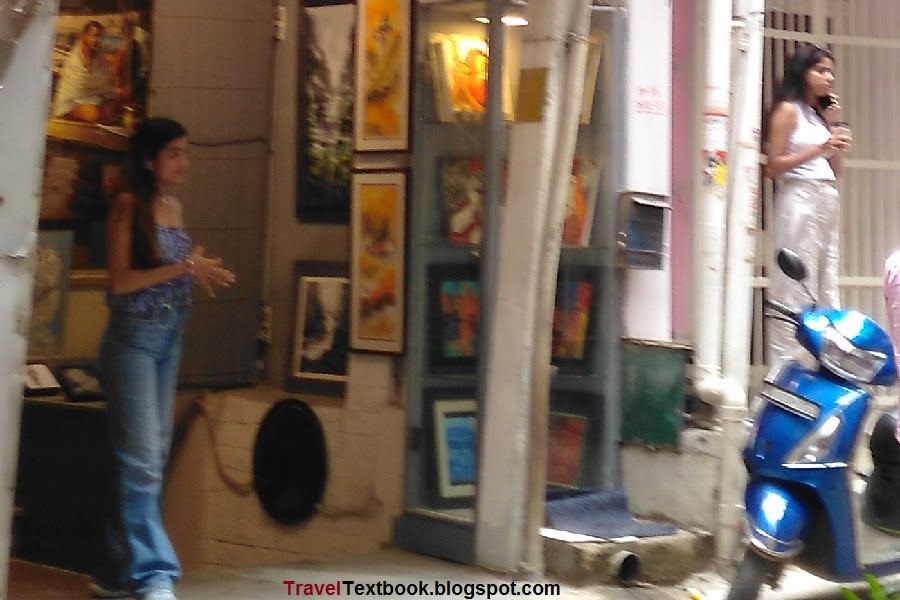
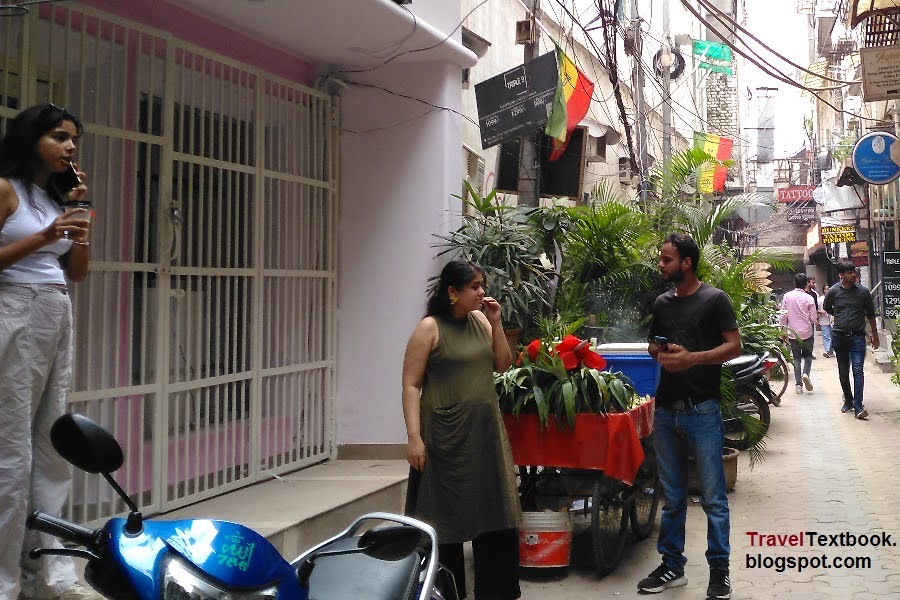
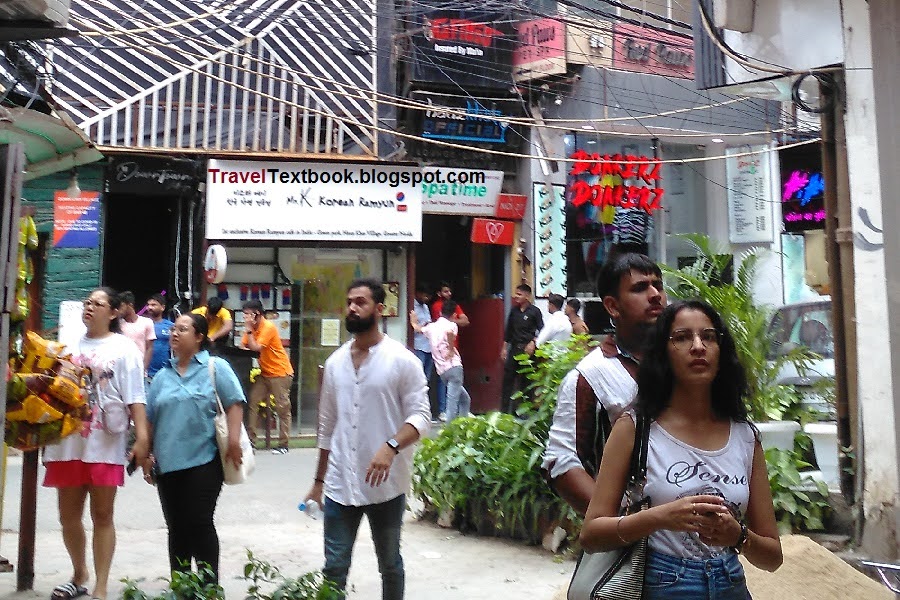
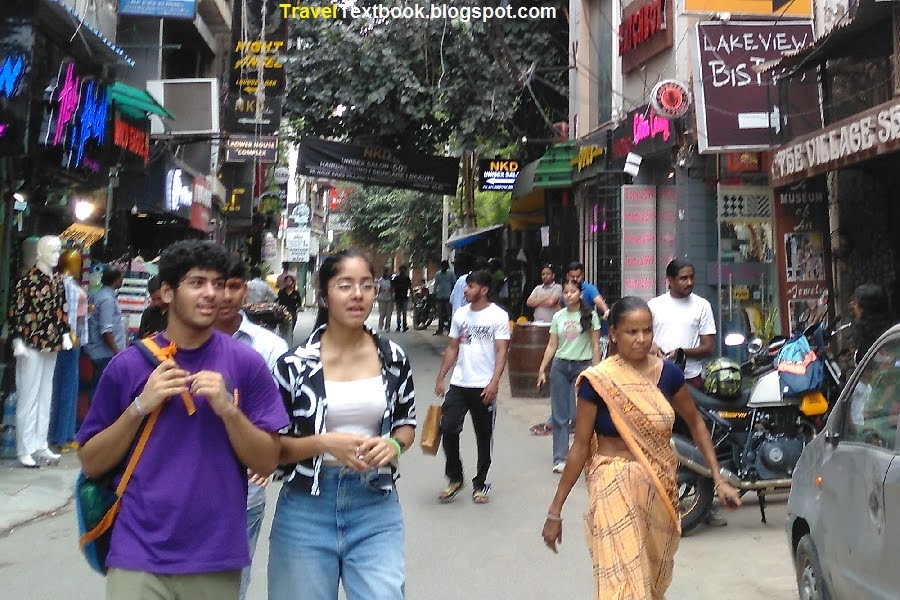

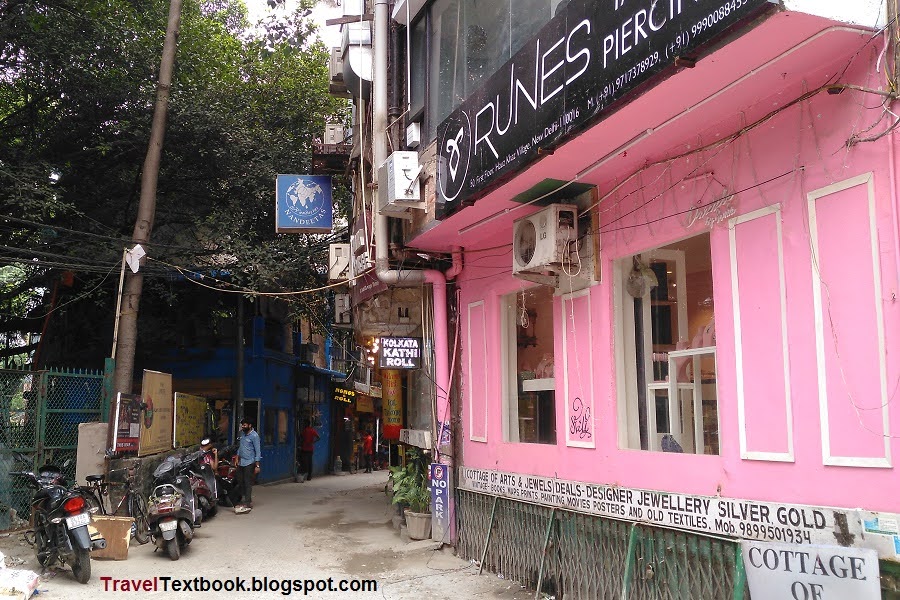
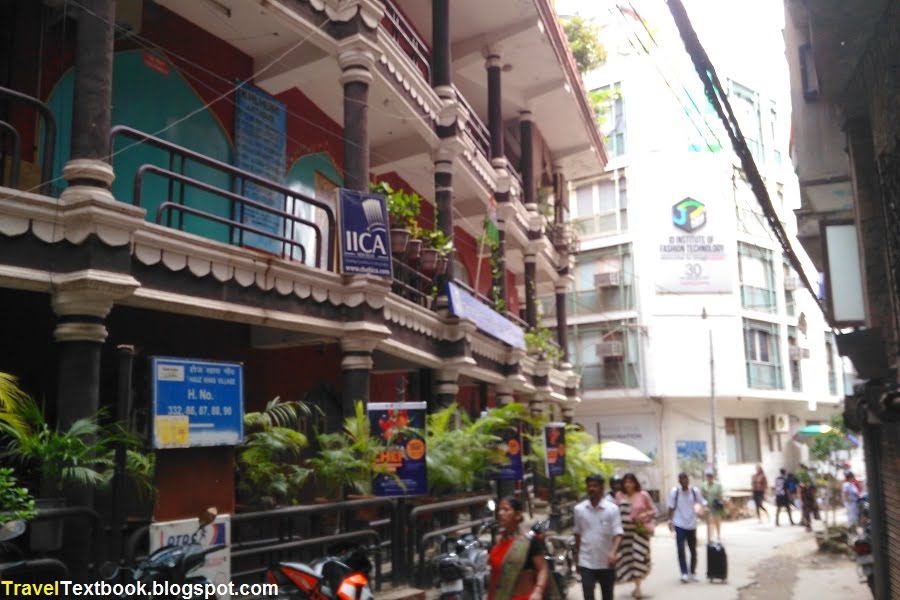
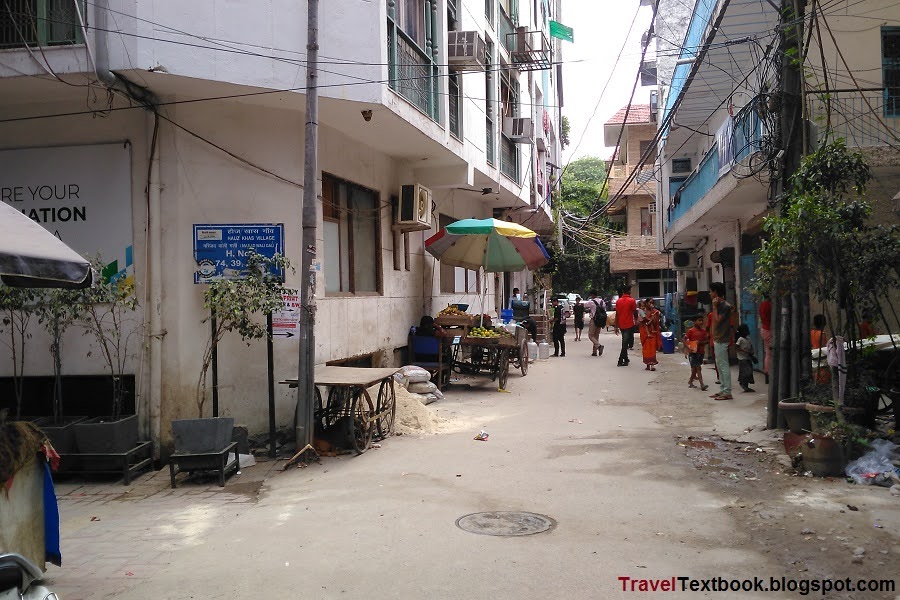
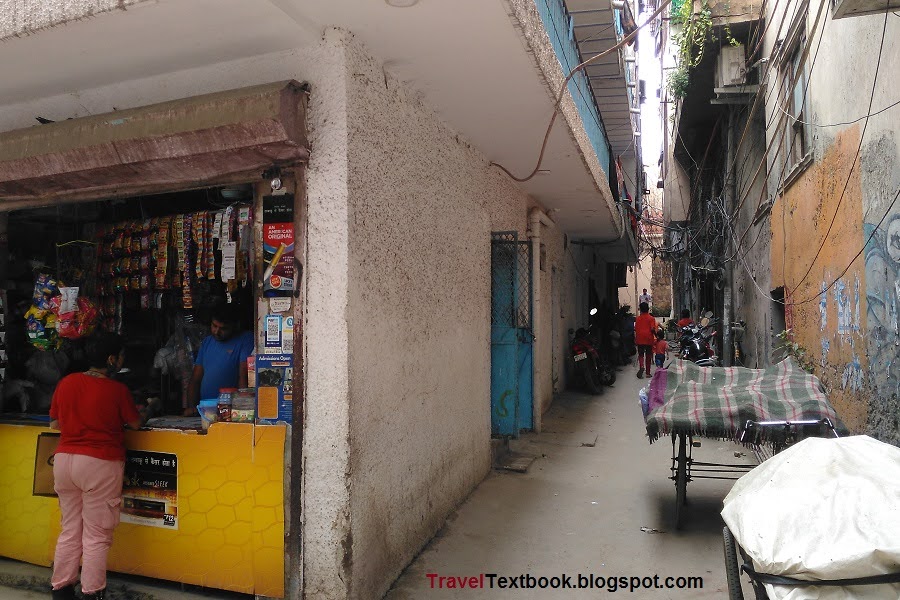
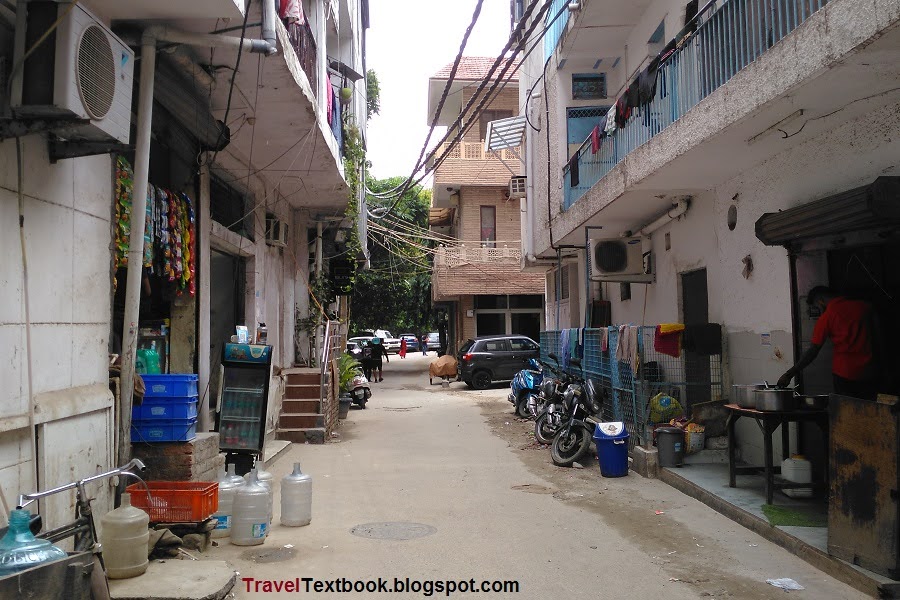
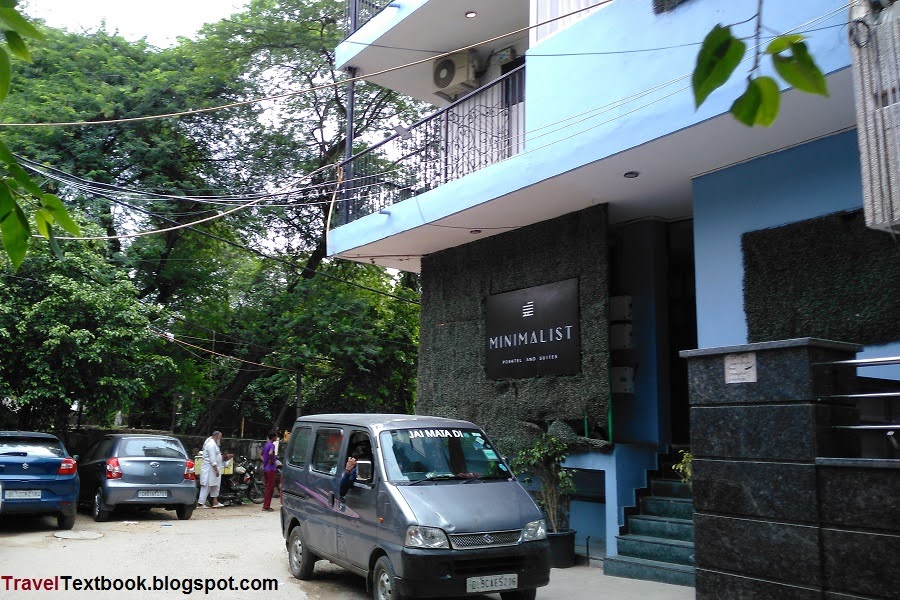
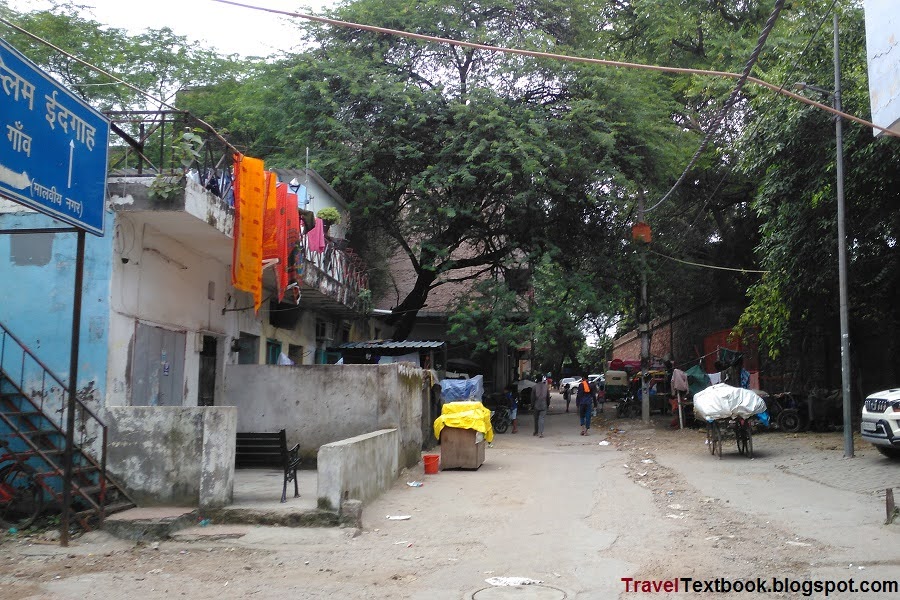
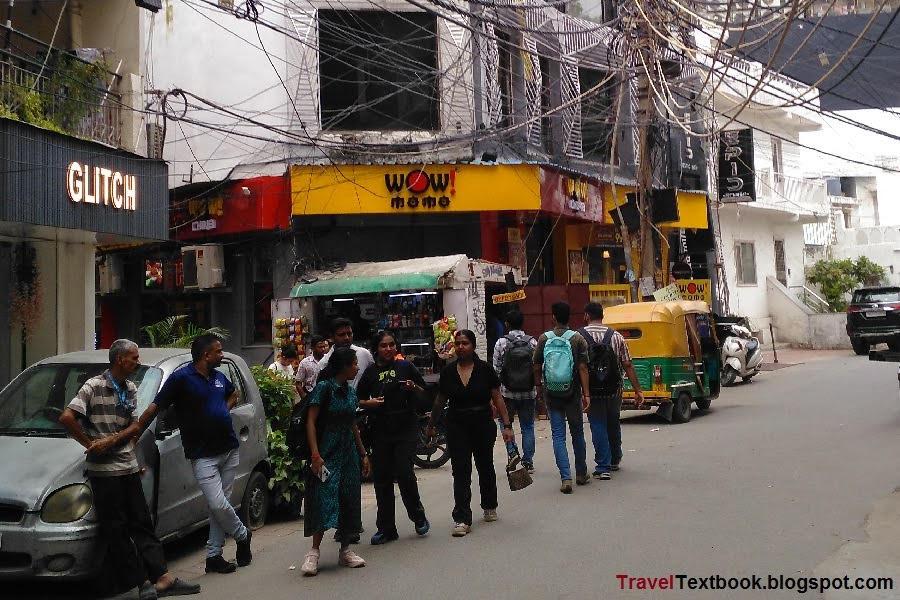
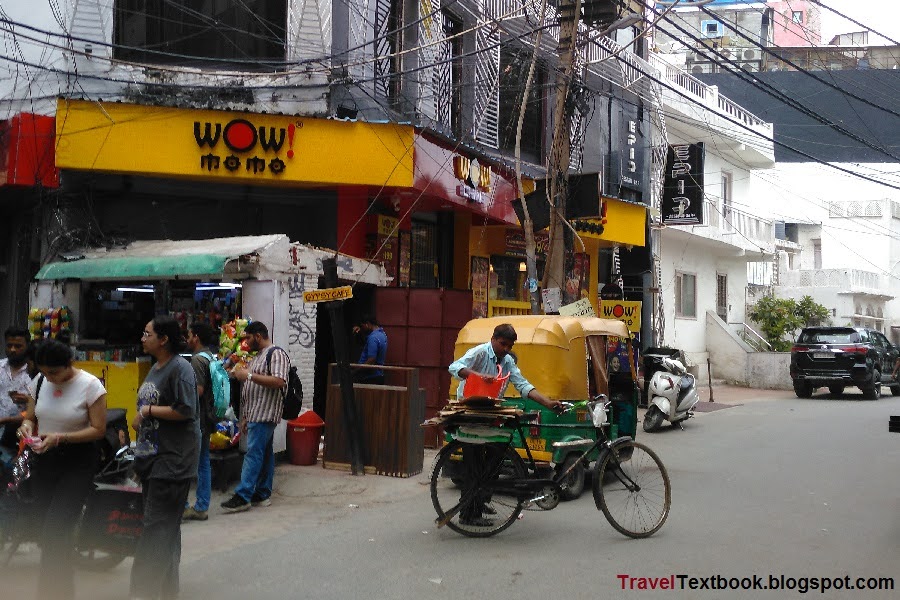
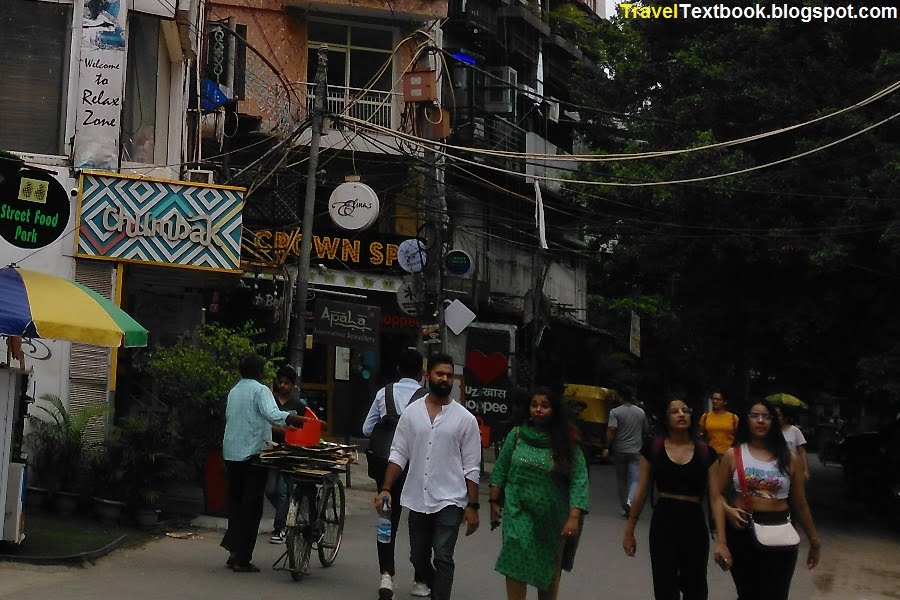
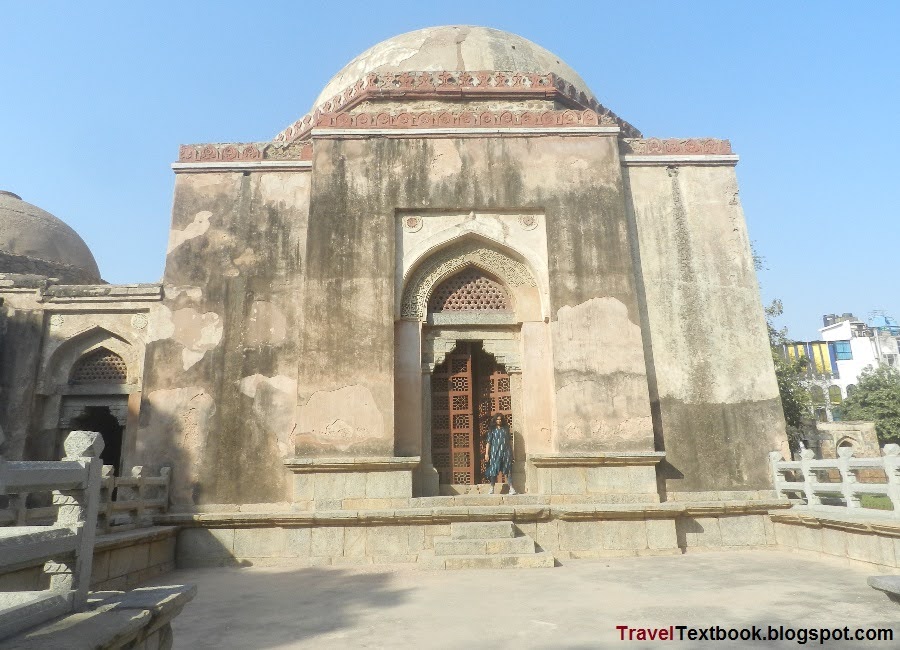
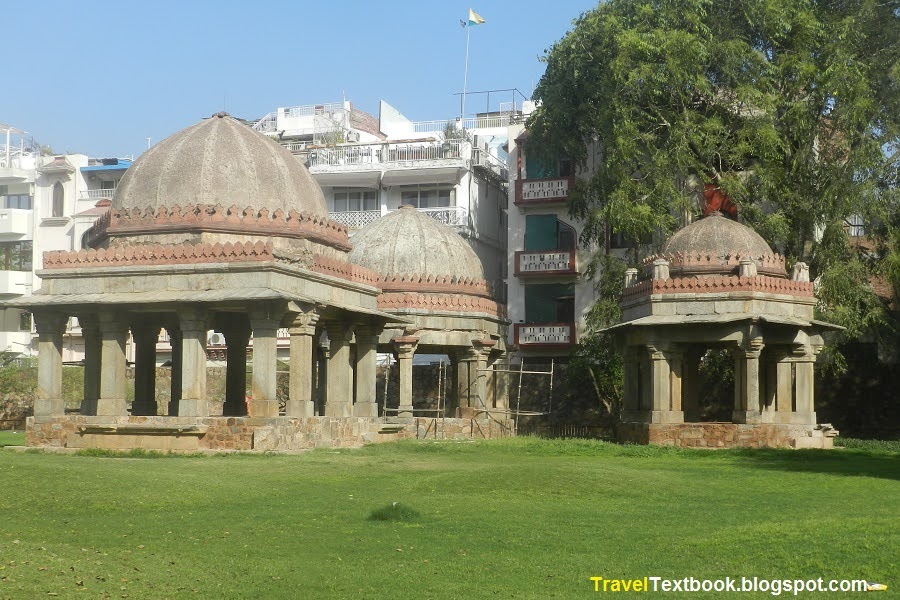
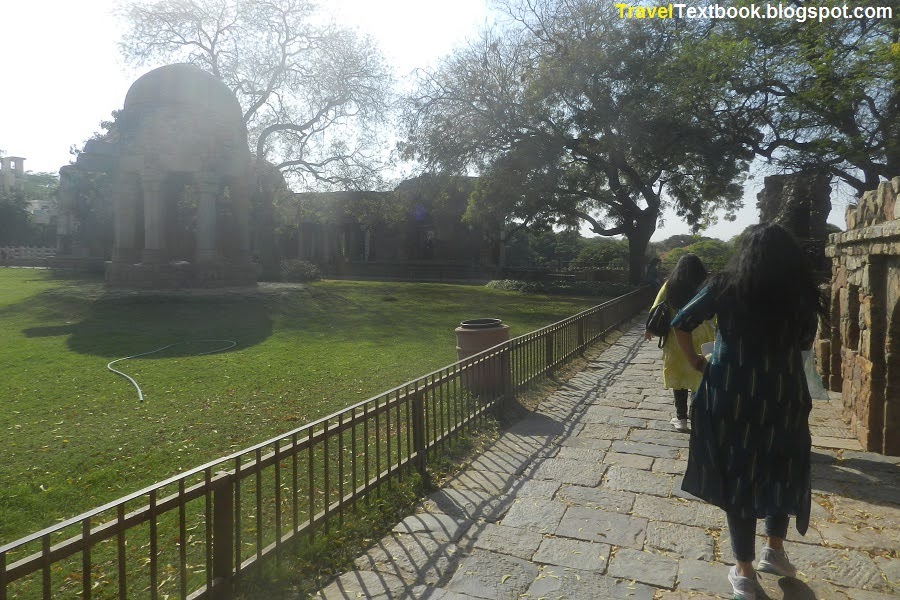
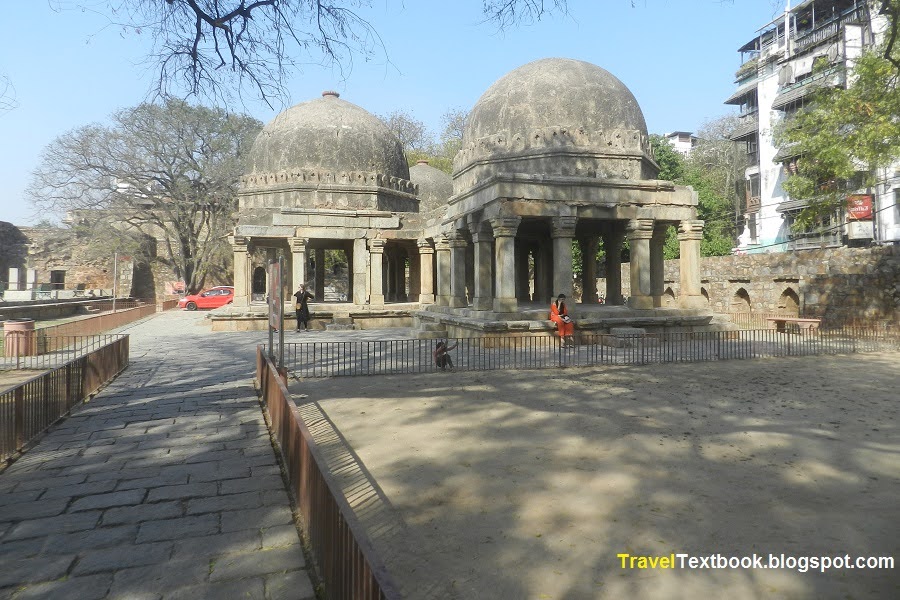
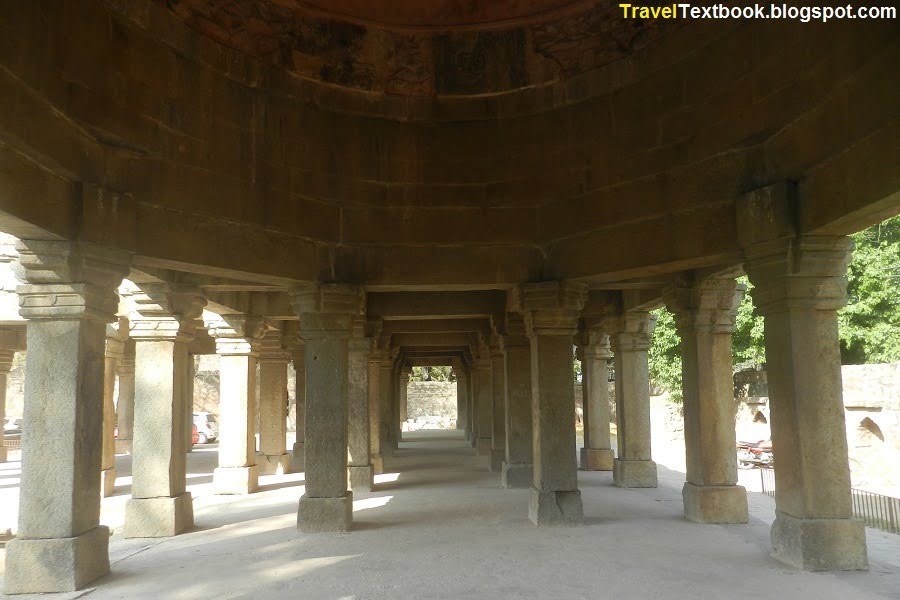

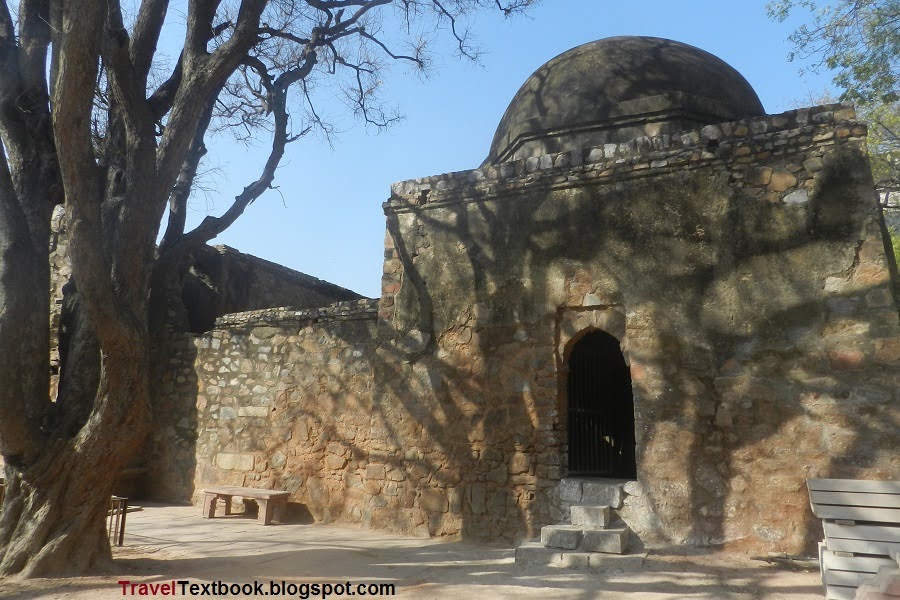
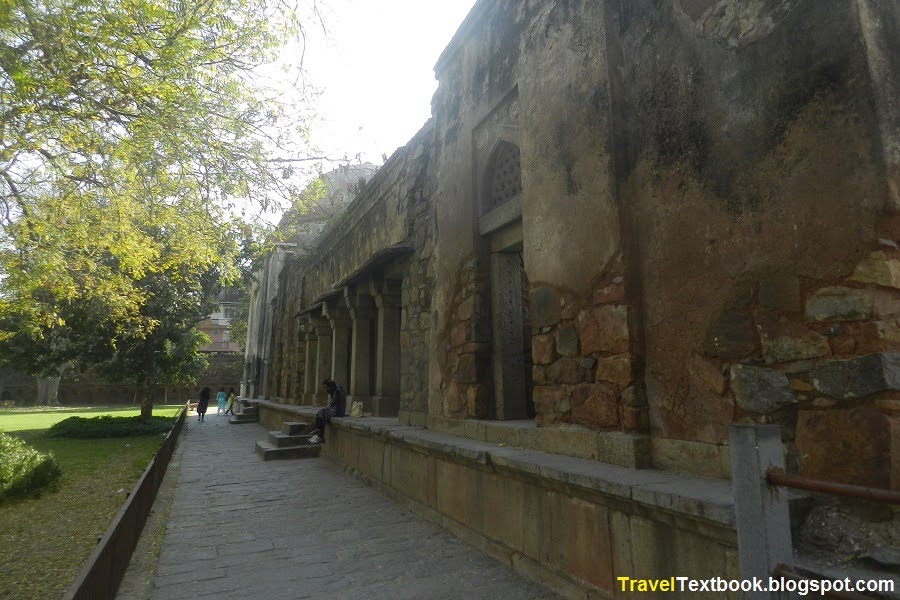
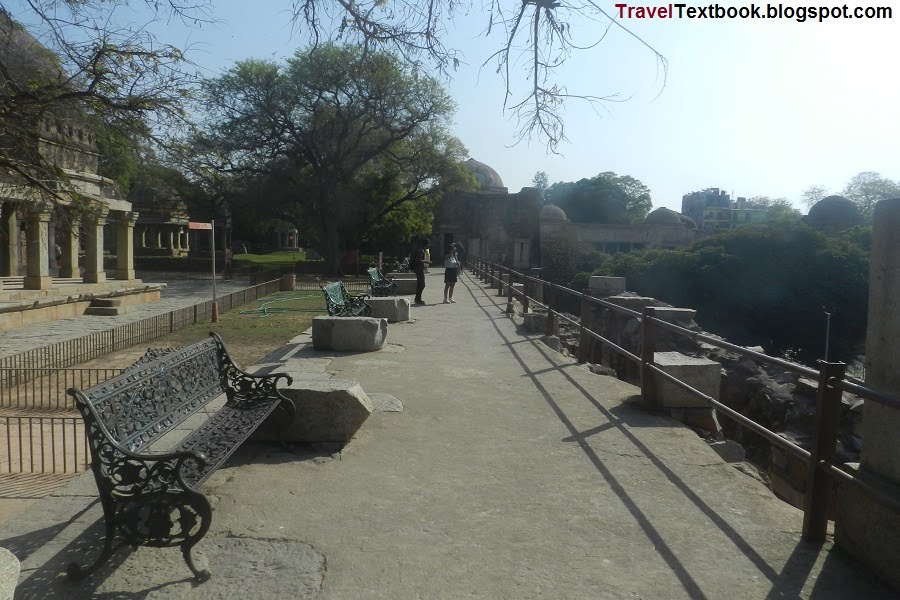

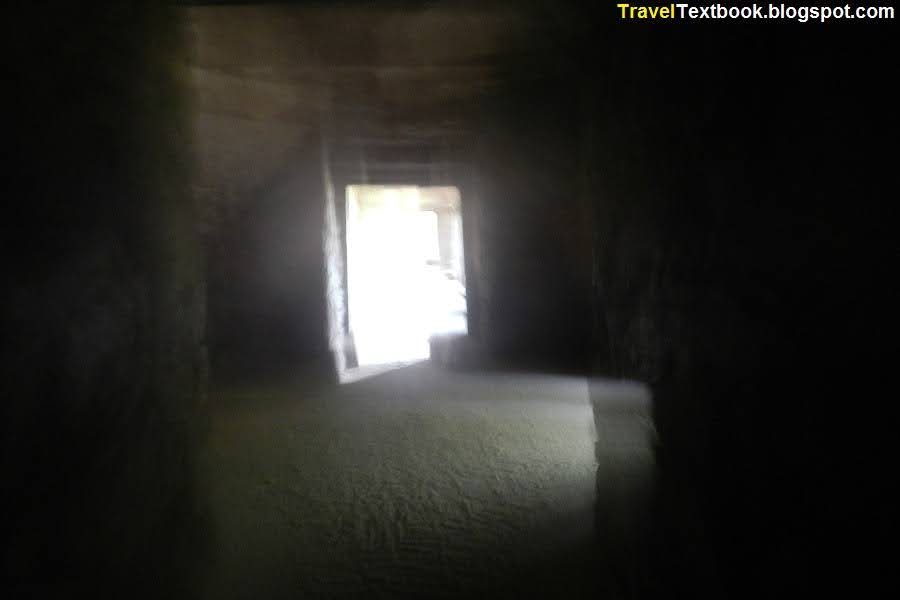

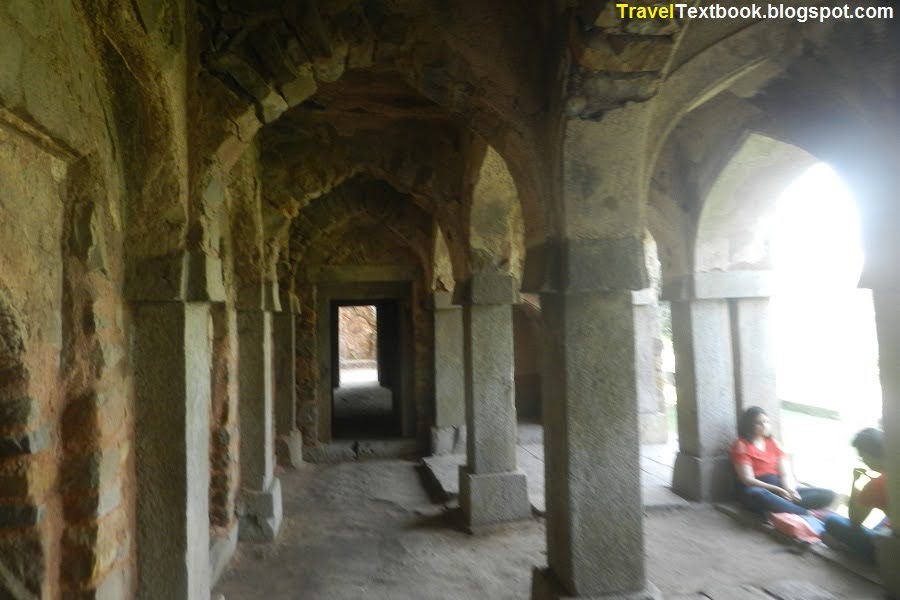
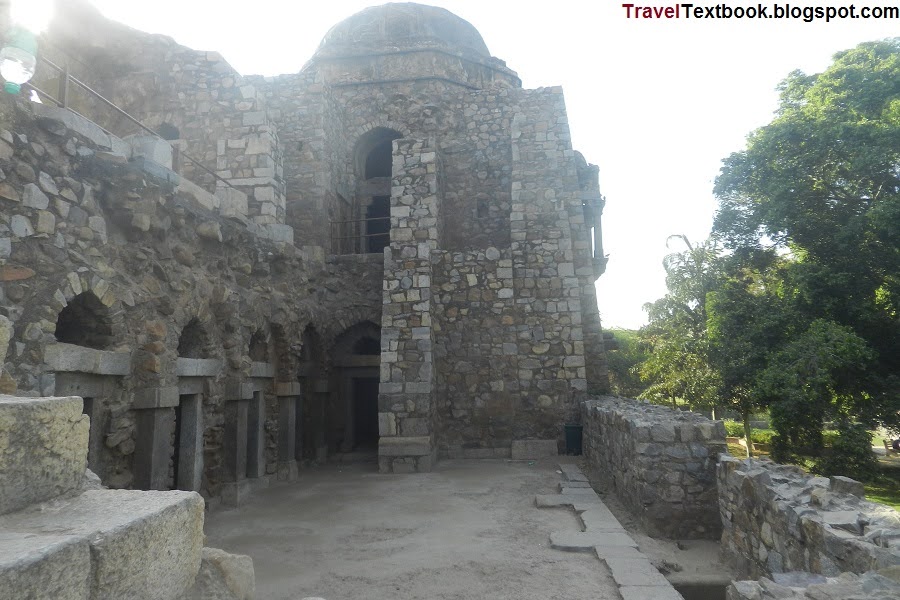
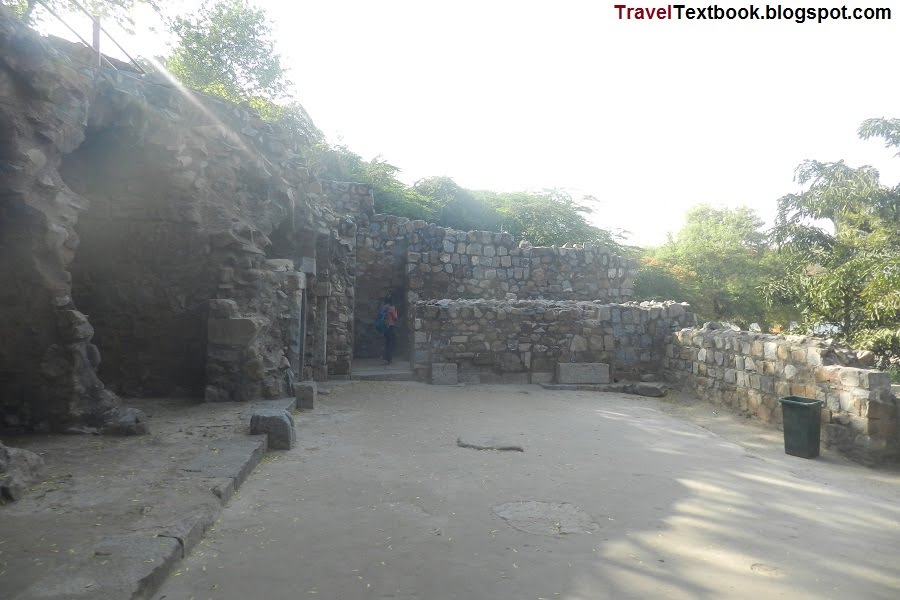

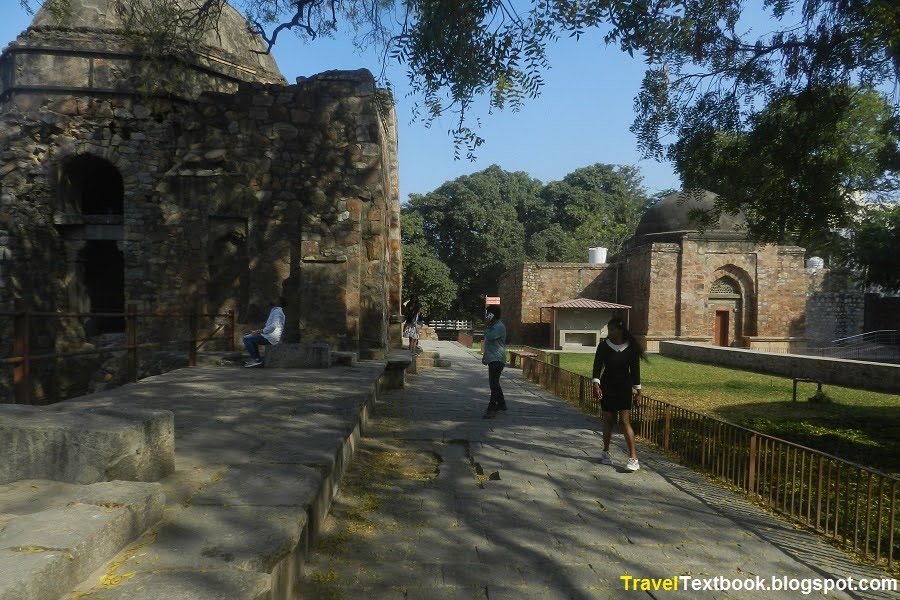
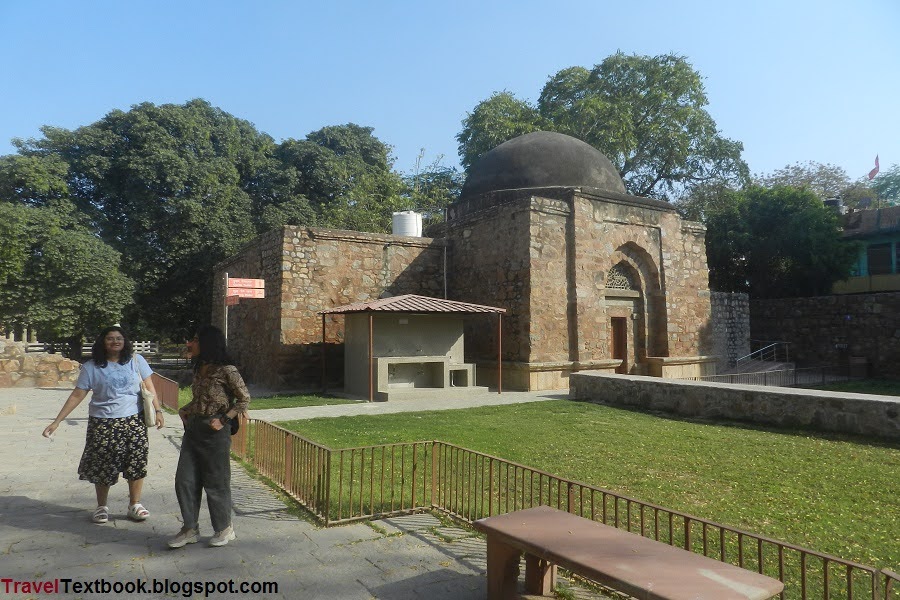
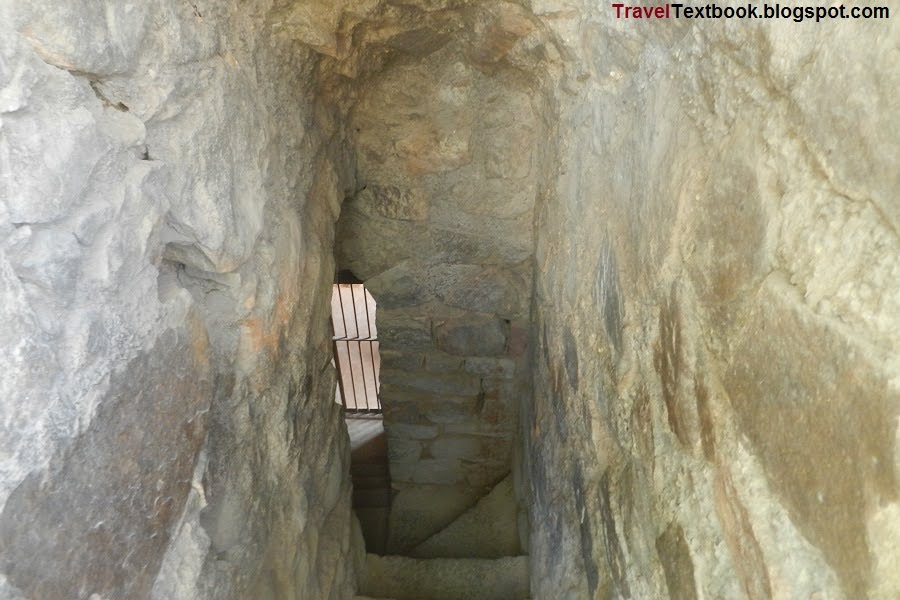
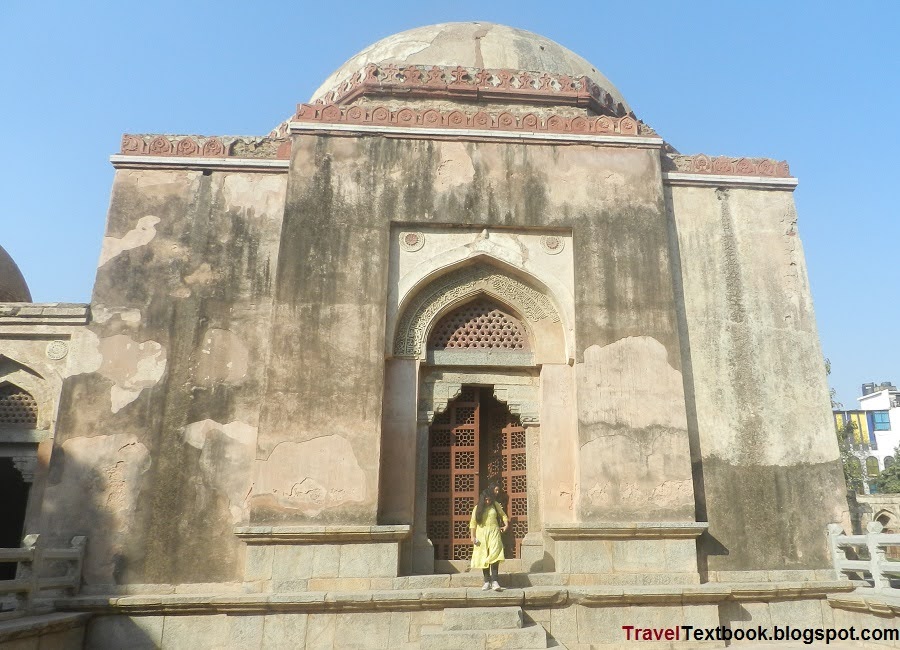
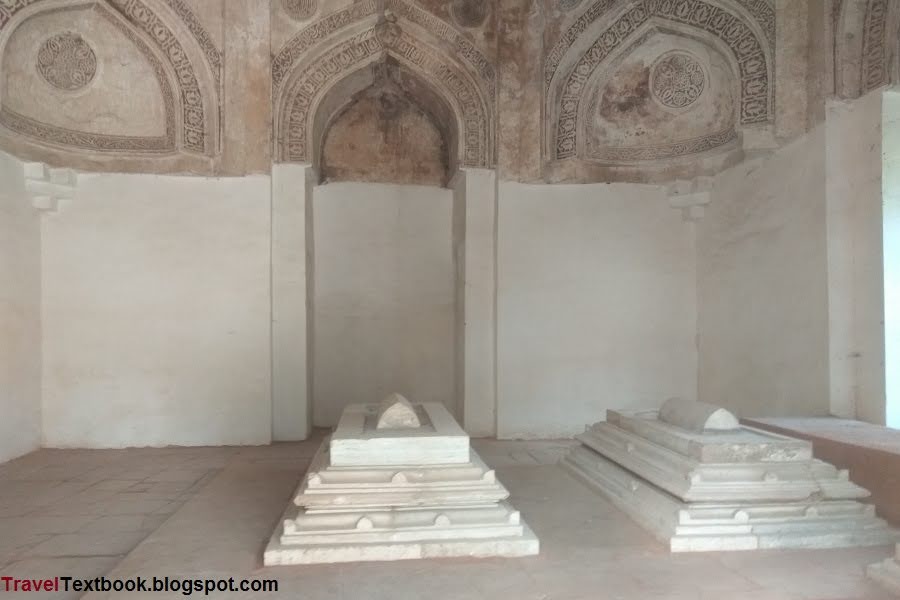

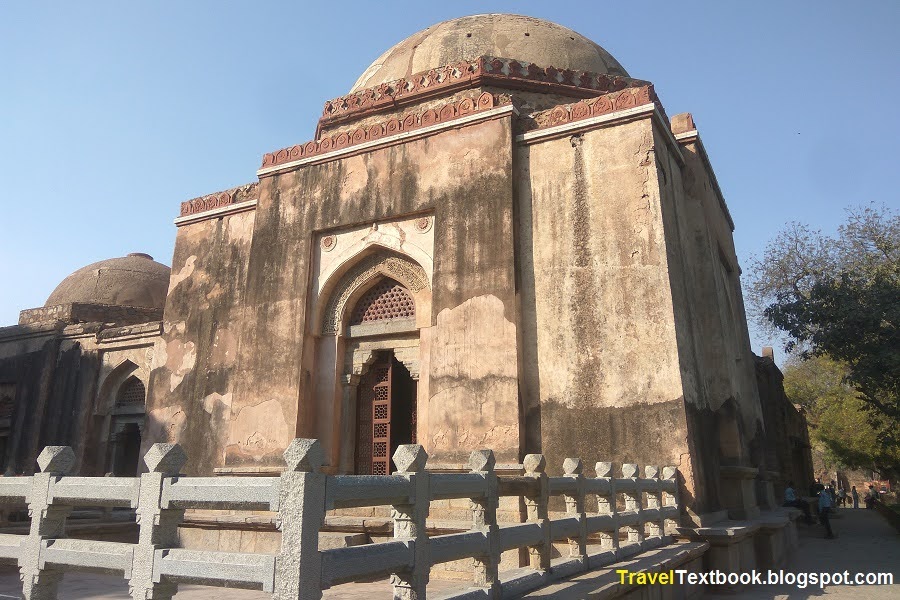
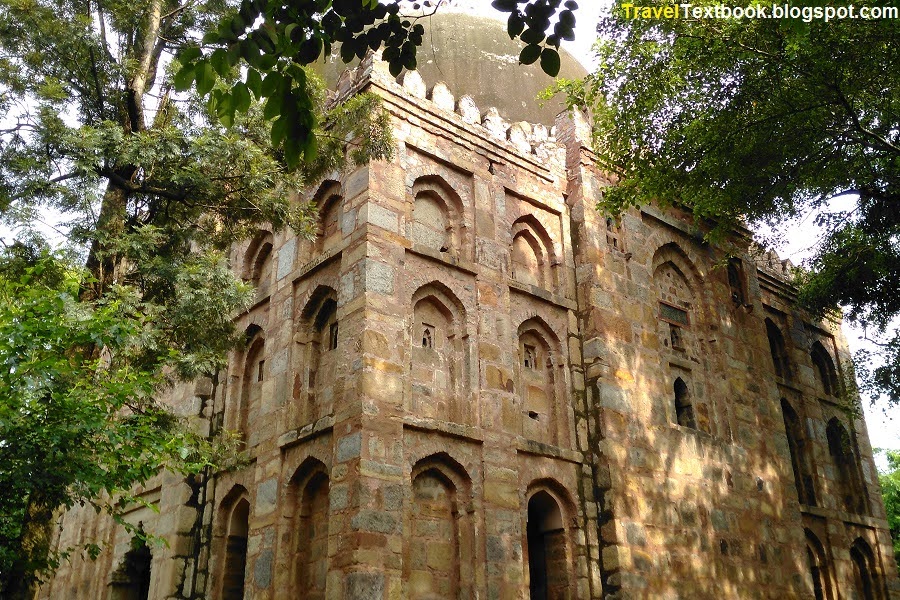
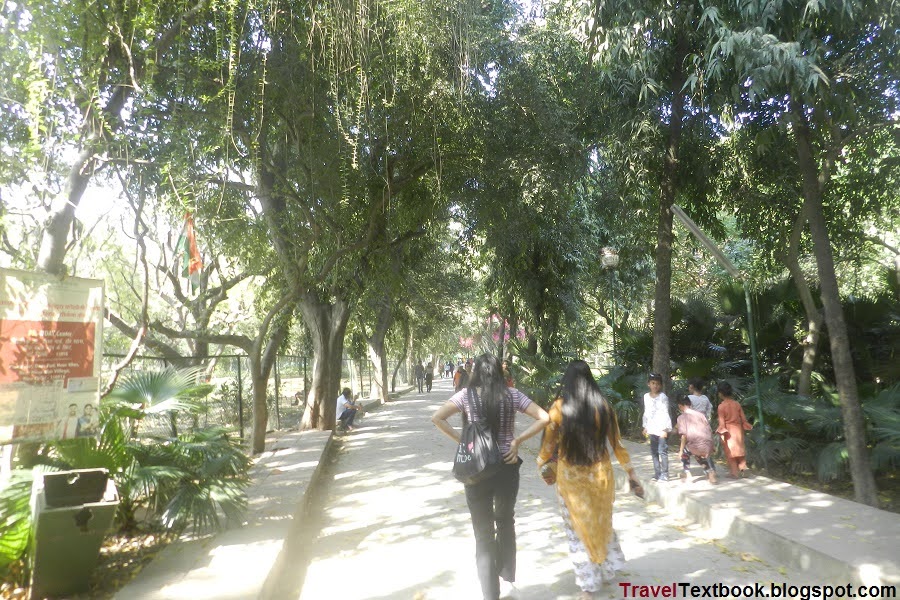
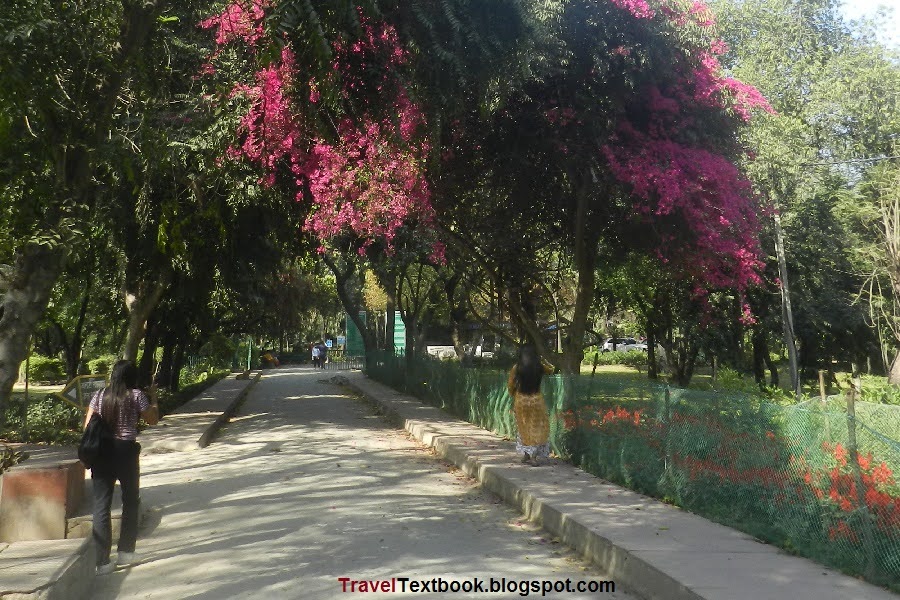
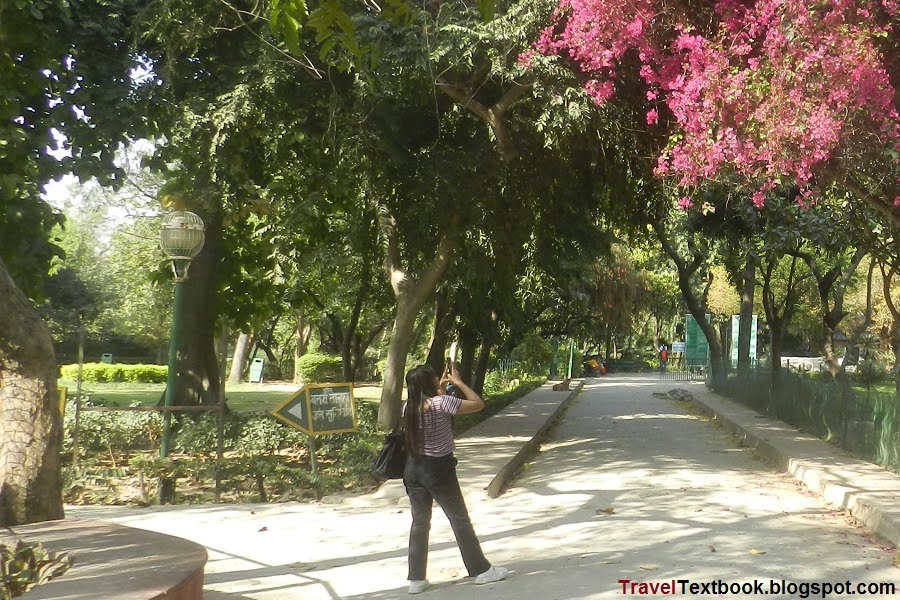

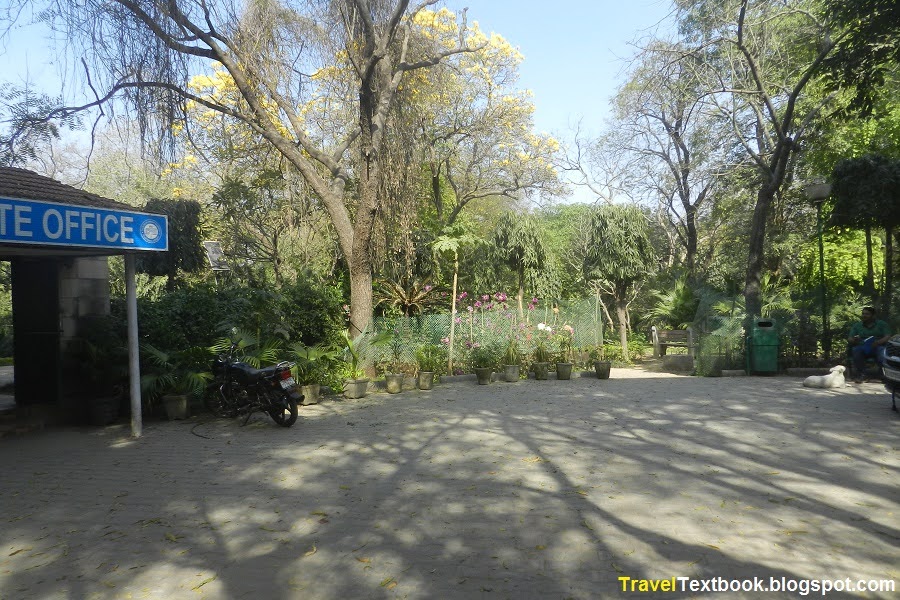
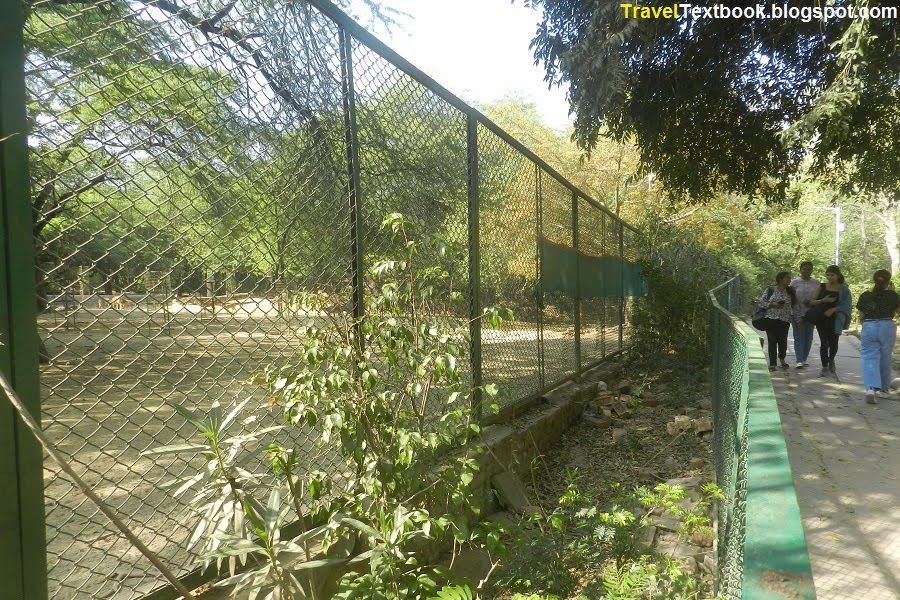

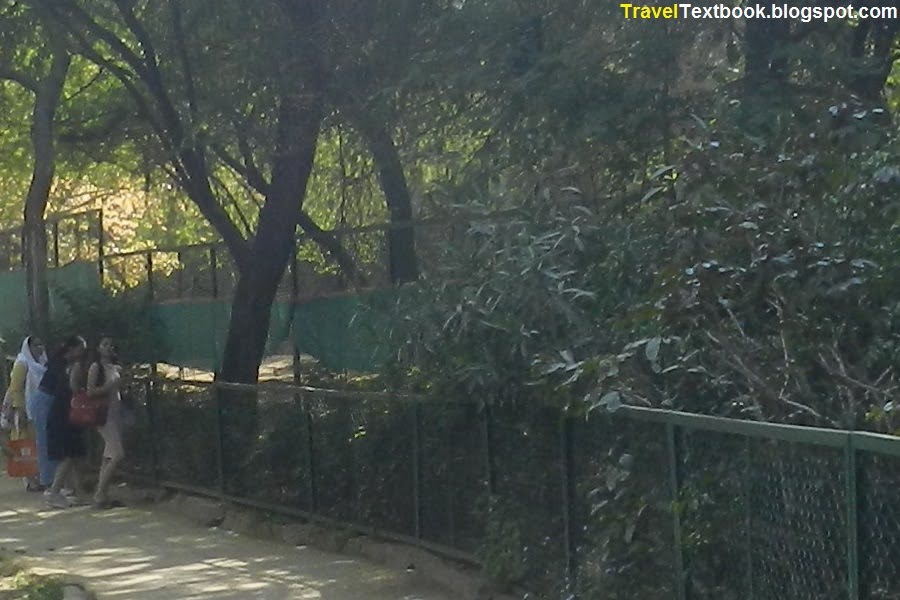
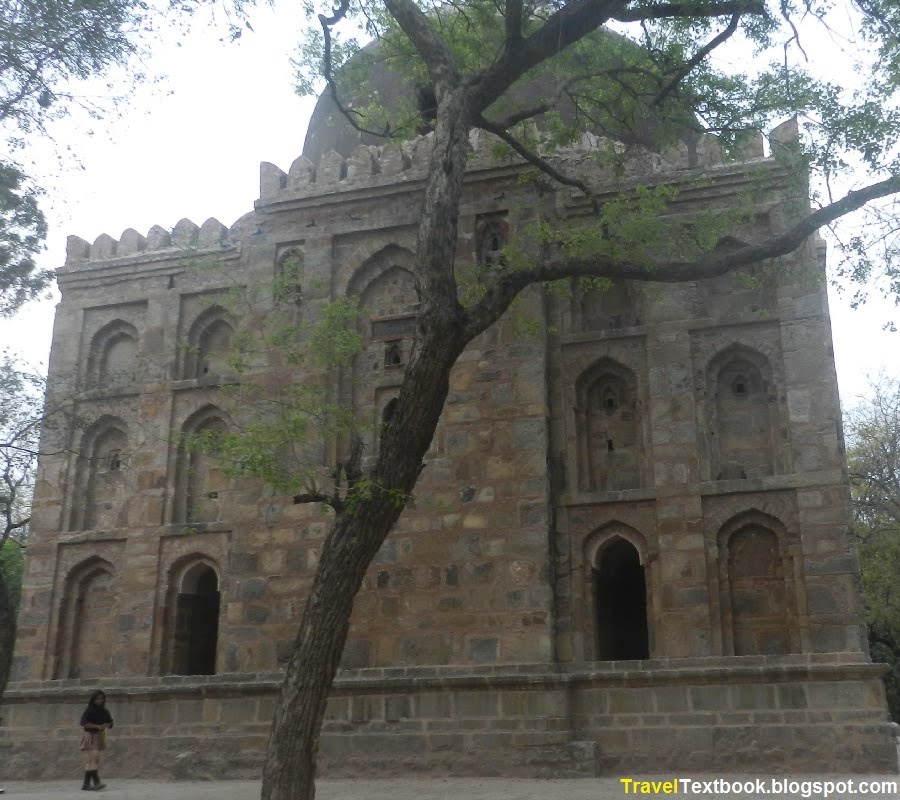
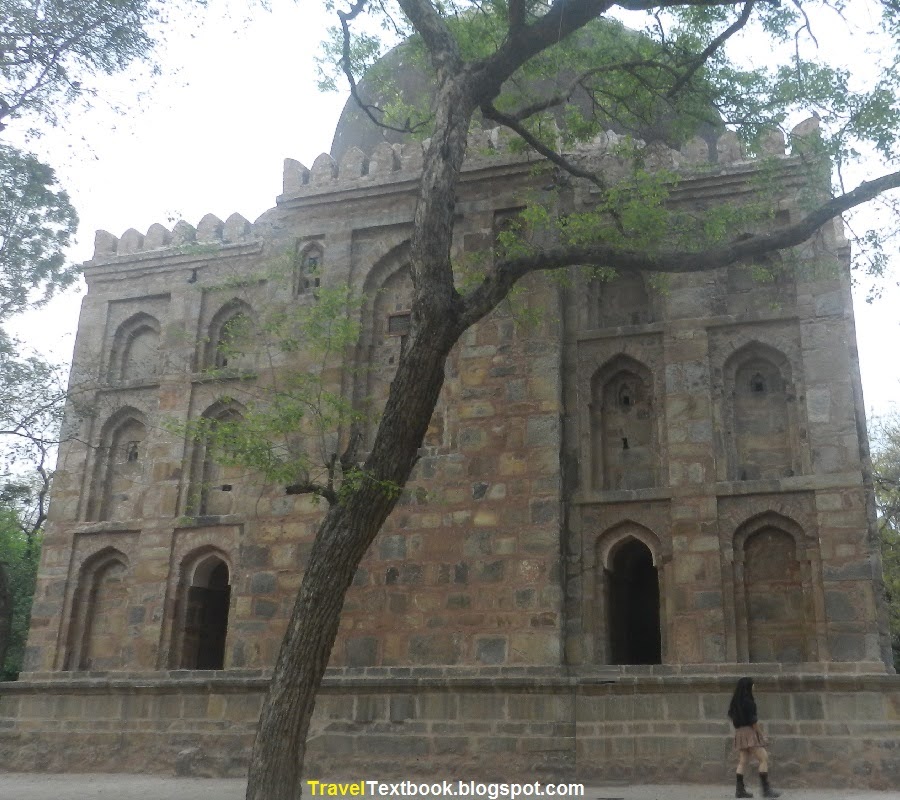
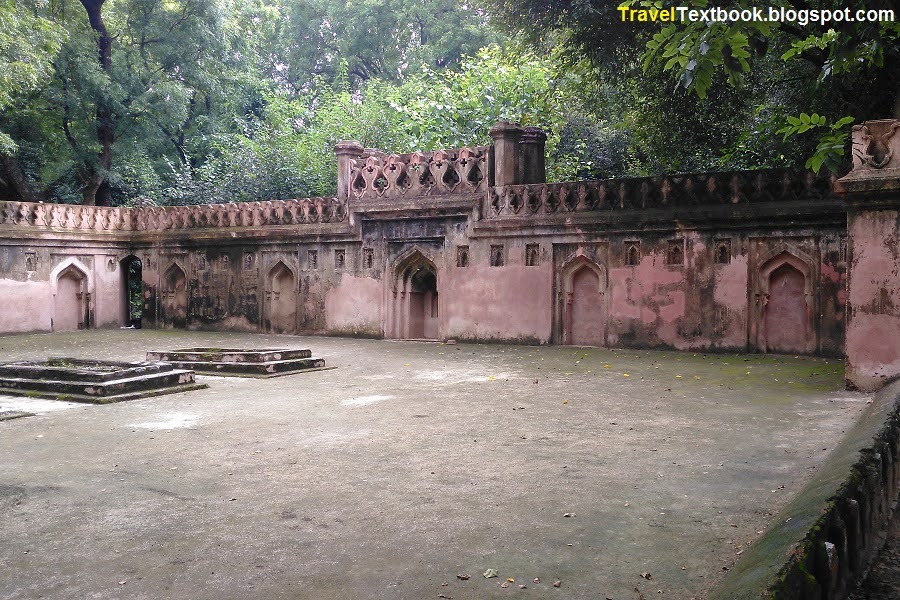
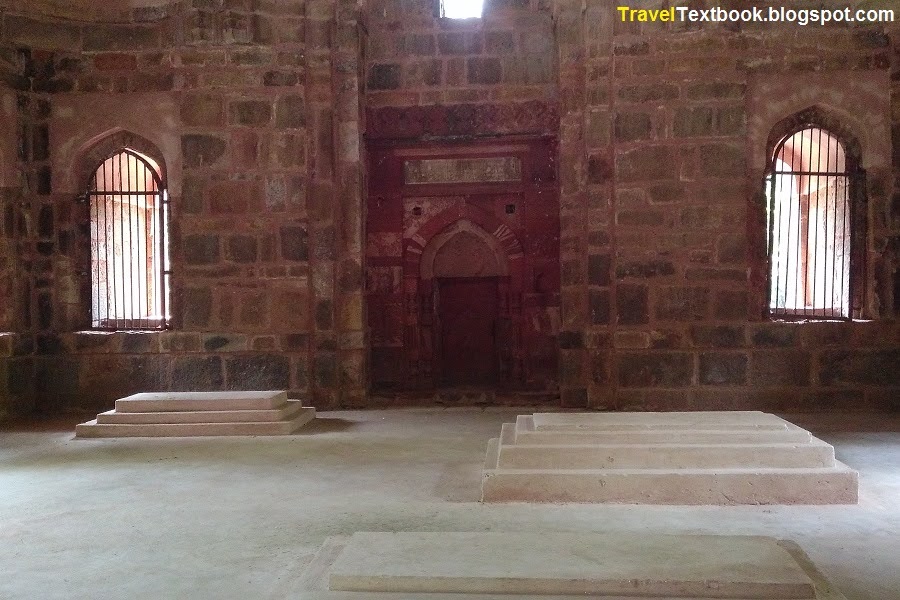

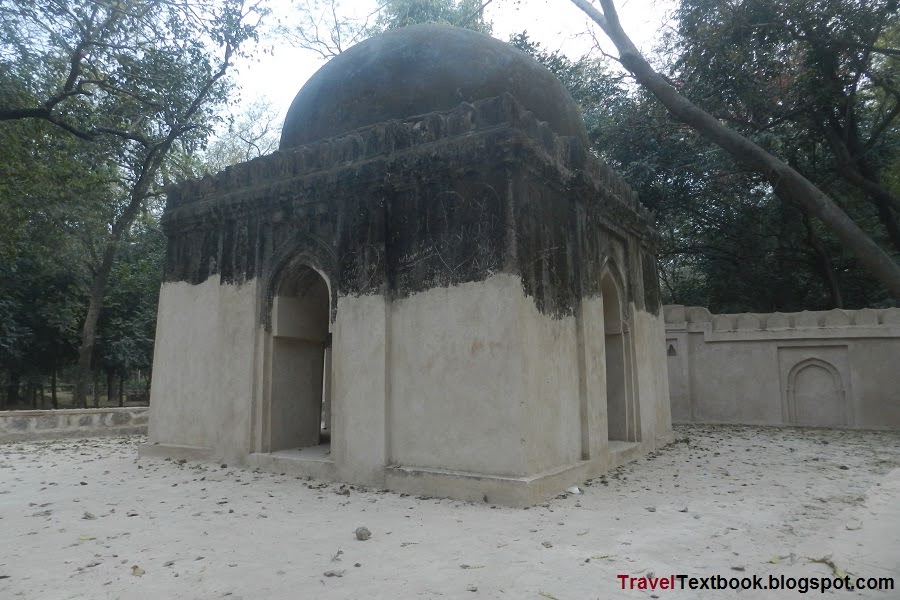
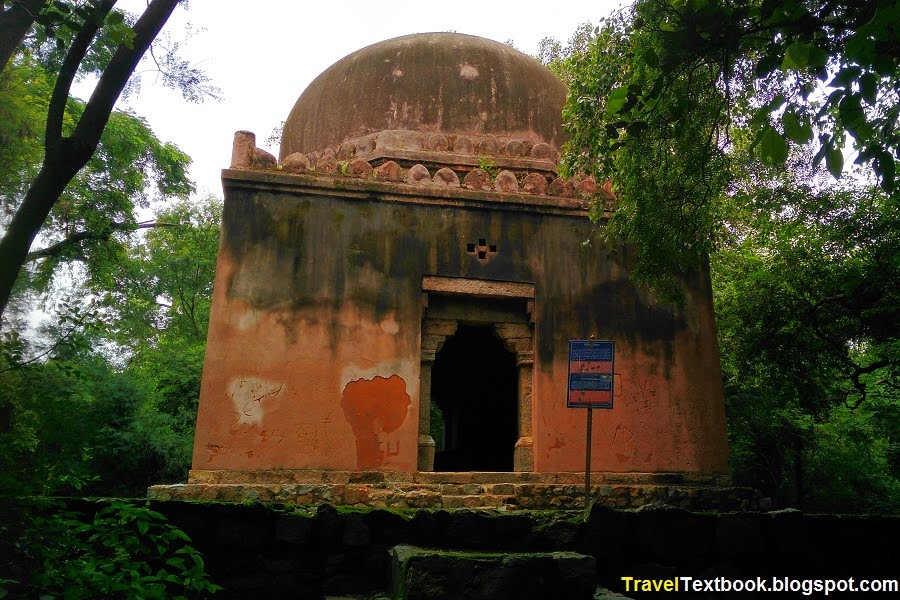
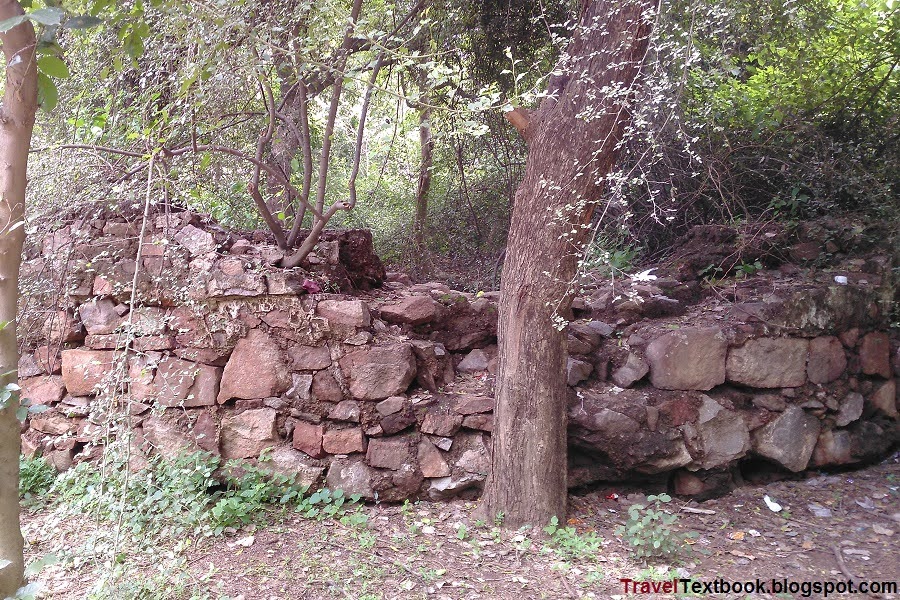
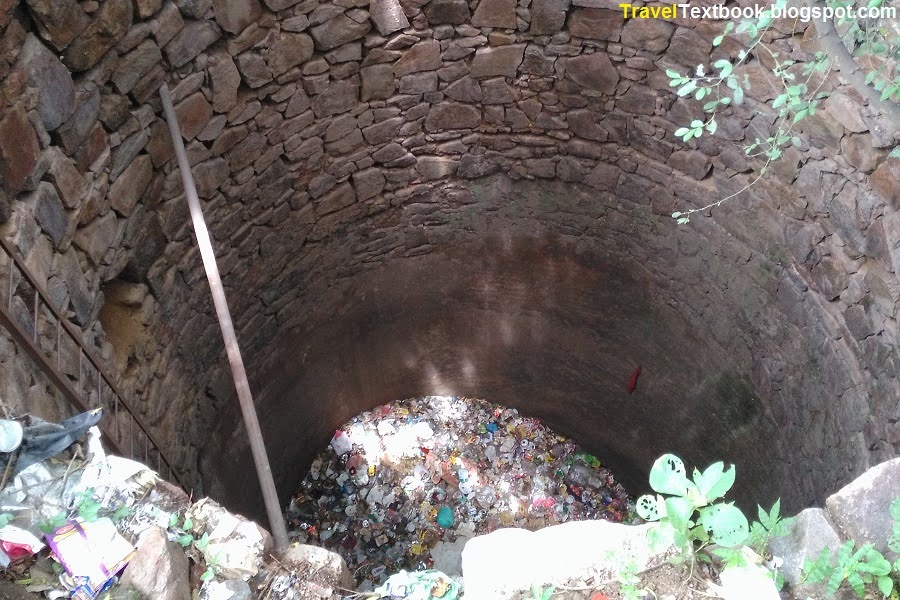
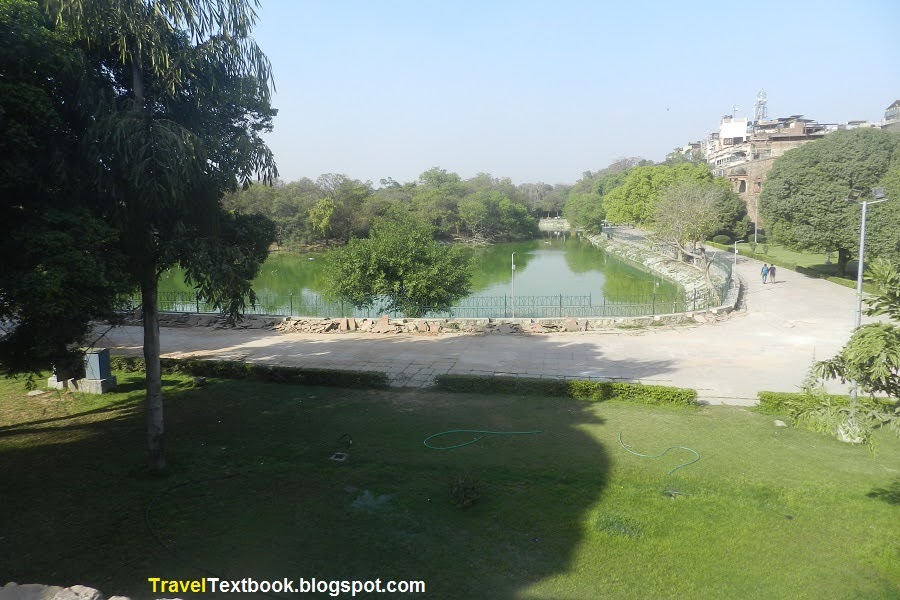

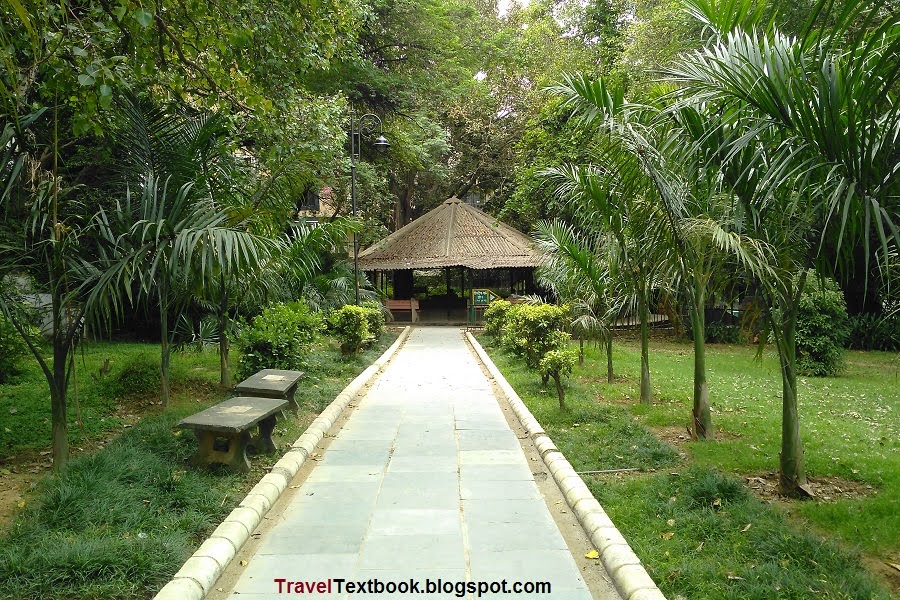
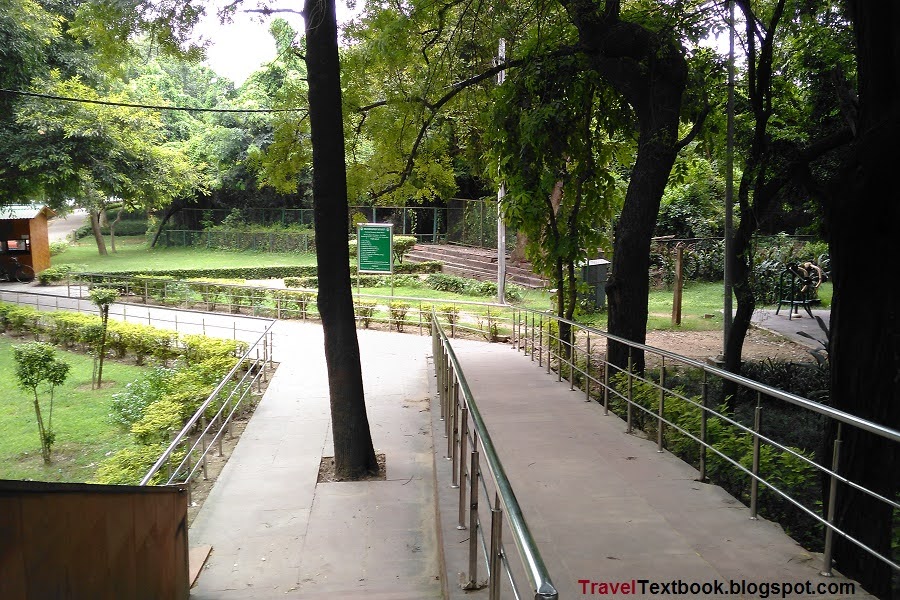


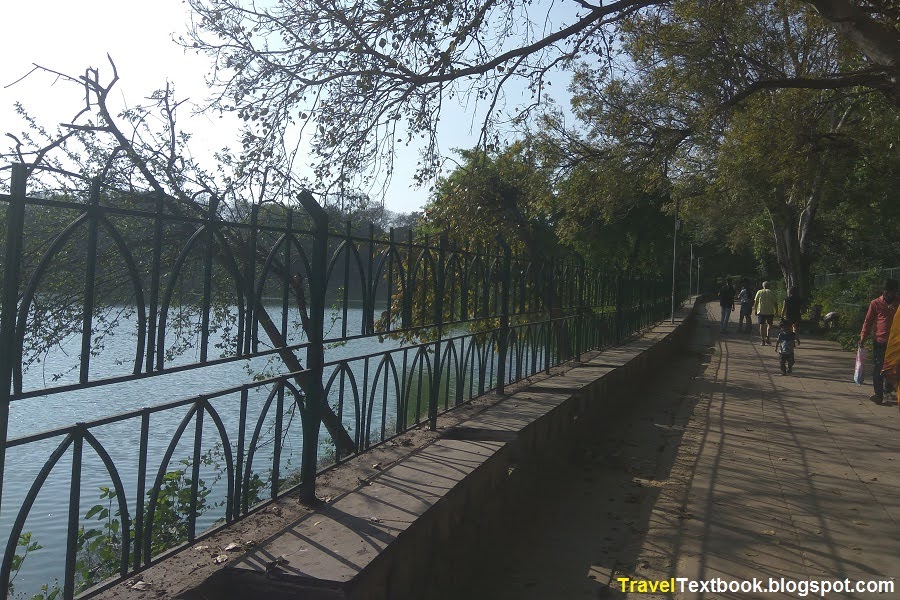
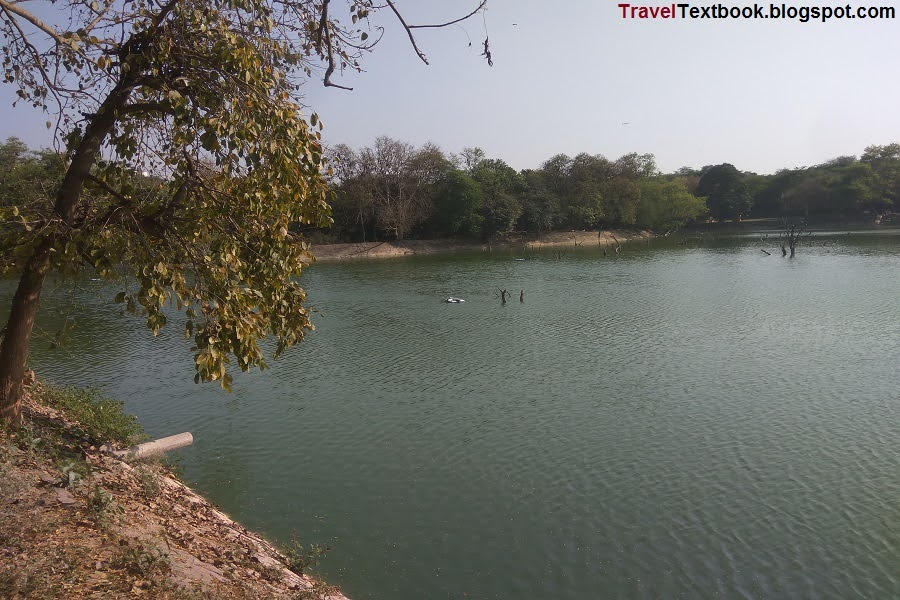
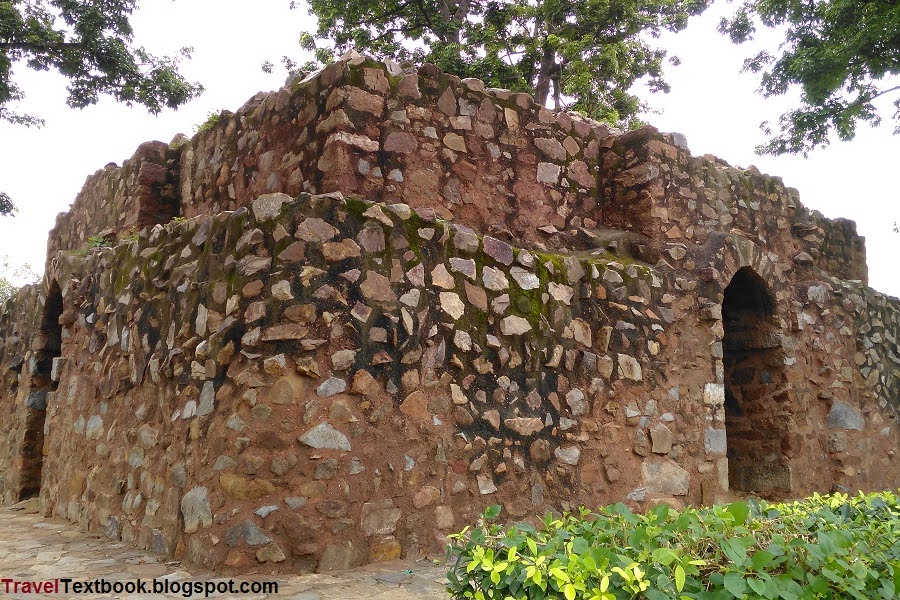
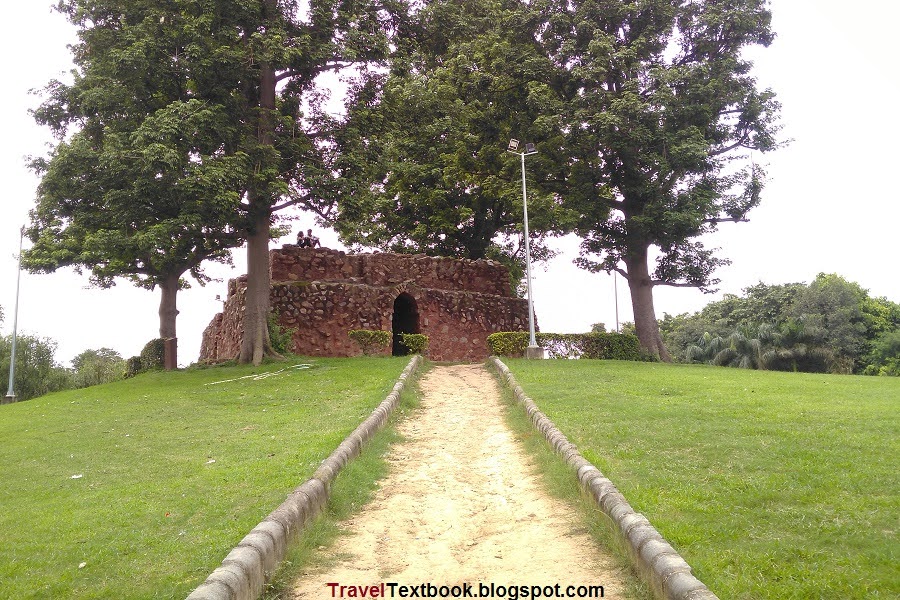
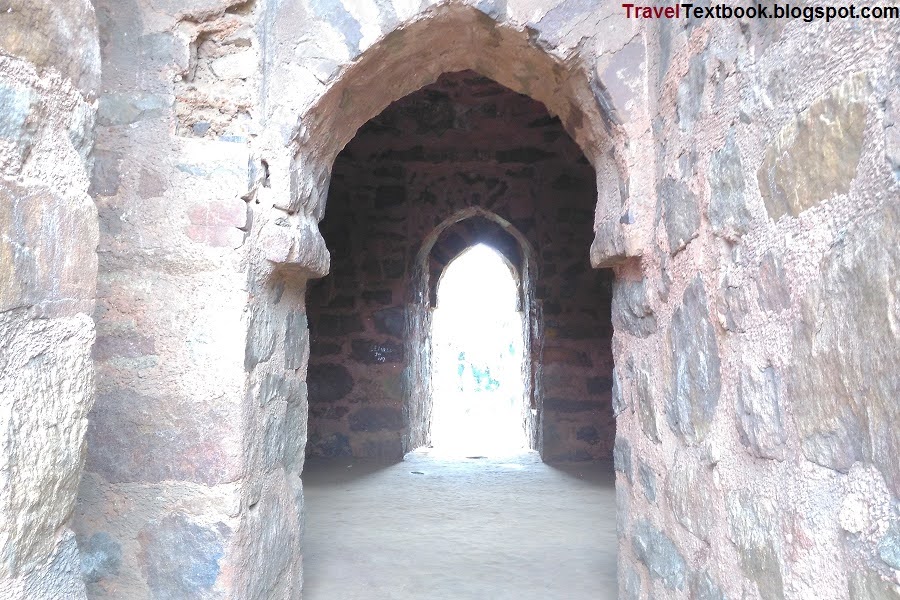
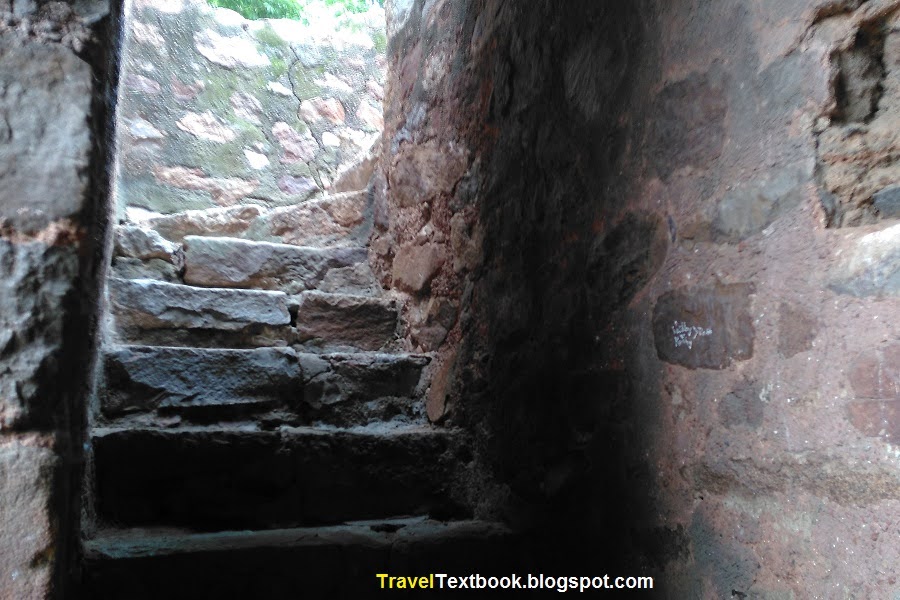

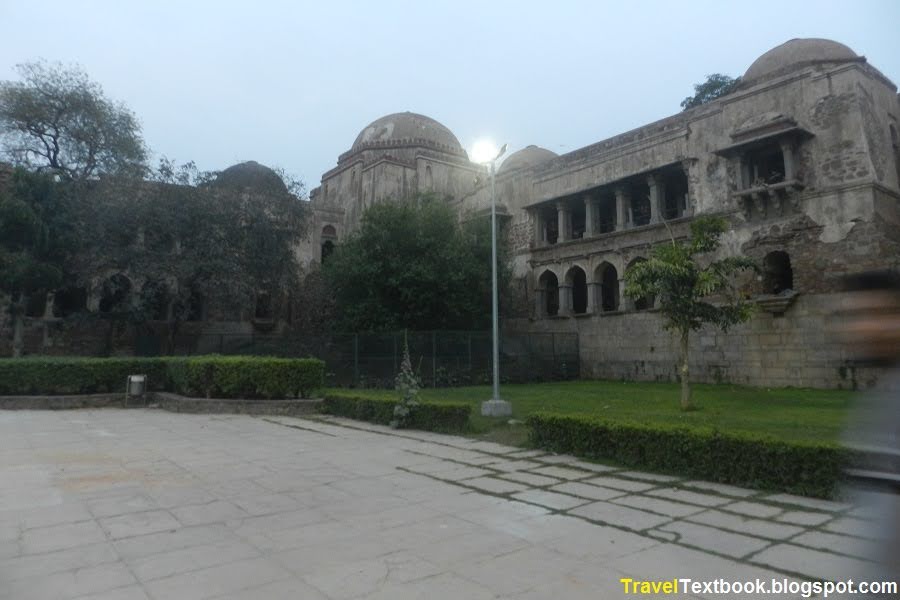
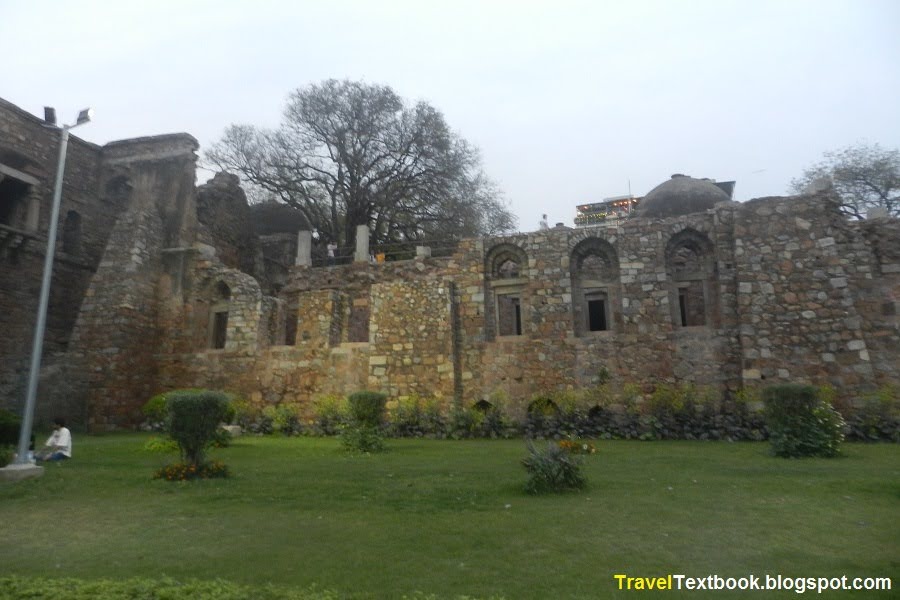
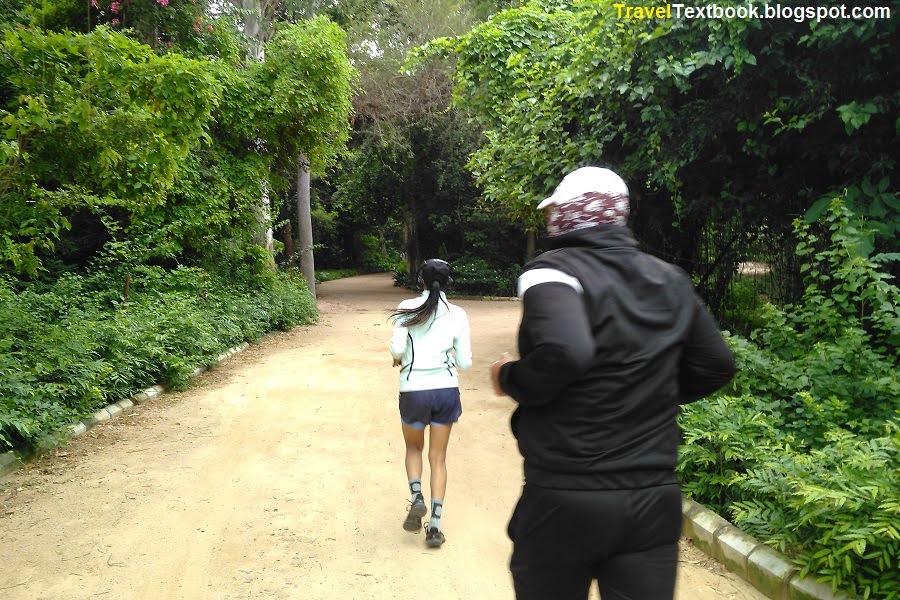
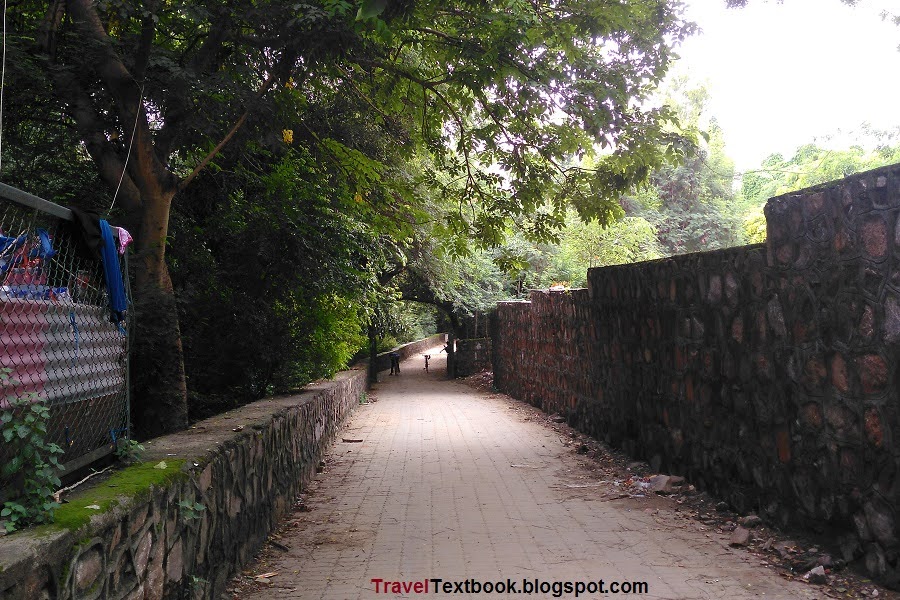


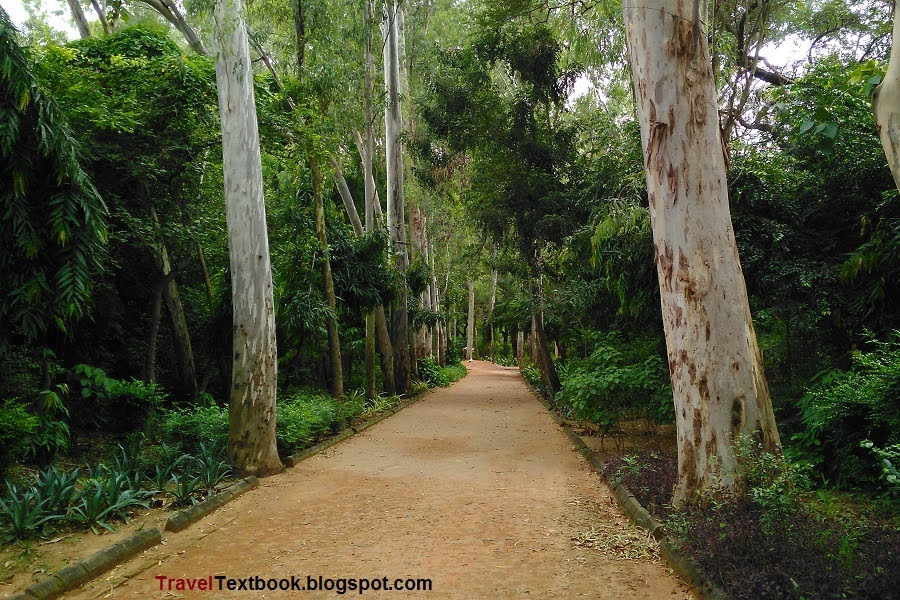
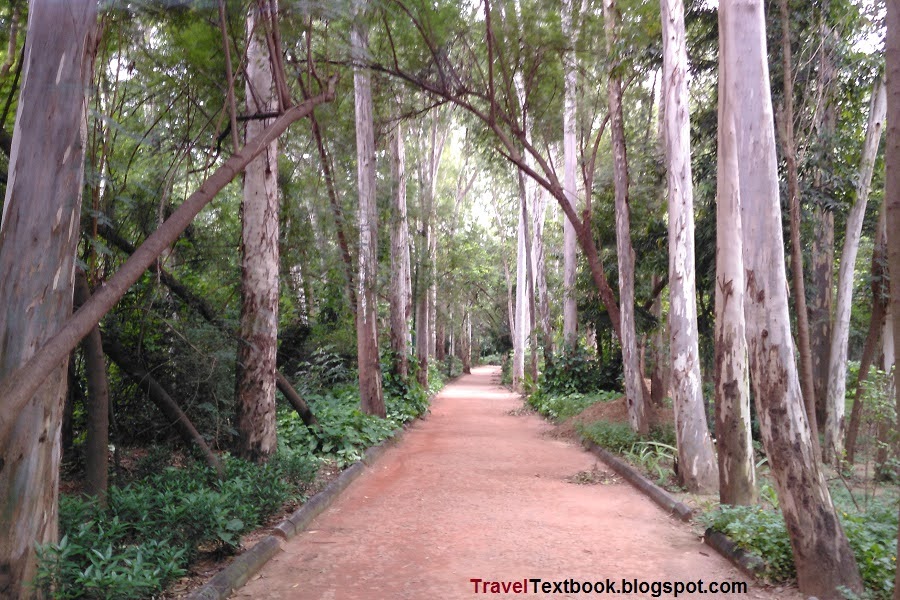
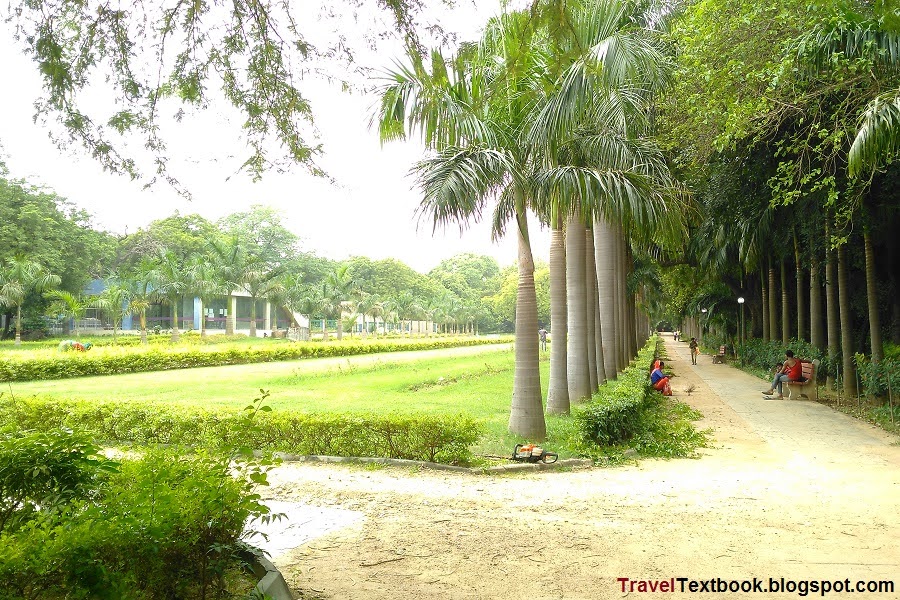
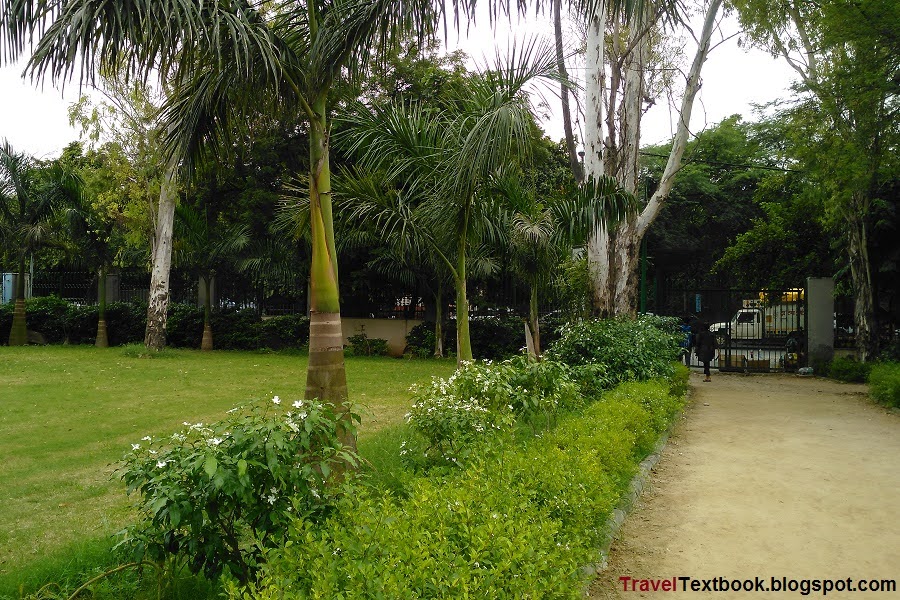


No comments:
Post a Comment